Contents:
- Introduction
- A peek at Parker's first tier
- Diving to the lower levels
- 4 Lines: Parkette, Parkette Deluxe, Parkette Zephyr, late
non-Celluloid Parkette
- Era of Parkette production: 1932-1941. 1950-1952
- A Parker with a Lever?
- Introduction to the Taxonomy of Parkette
- The Regular
Parco/Parkette Line 1932-1940
- Introduction
- Type 0 Parkette: The PARCO
- Type 1 Parkette: a changed name
- Type 2 Parkette: Stepped ends.
- Type 2 Parkette Convertible
- Type 3 A,B C Parkette: smooth black ends
- Parkette Deluxe
1934-1940
- Introduction to Parkette Deluxe: two core styles
- The fluted Type 1 Parkette Deluxe: Three sub types
- Parkette Deluxe Type 1A
- Parkette Deluxe Type 1B
- Parkette Deluxe Type 1C
- The cylindrical Type 2 Parkette Deluxe:
- NIBS for the Parkette and Parkette Deluxe
- Desk Pens for Parkette and Parkette Deluxe
- Parkette Zephyr 1941
- 1950's metal-capped
non-Celluloid Parkette
- Some exotic Canadian colors for the 1930's Parkette
and for Parkette Deluxe
- Low Run, Experimental, Prototype pens.
- From the "What the heck are these?" Pile
- Guide to collecting and valuing the Parkette
- A going away present. My special Parkette
- Appendix: Sources and Acknowledgements
|
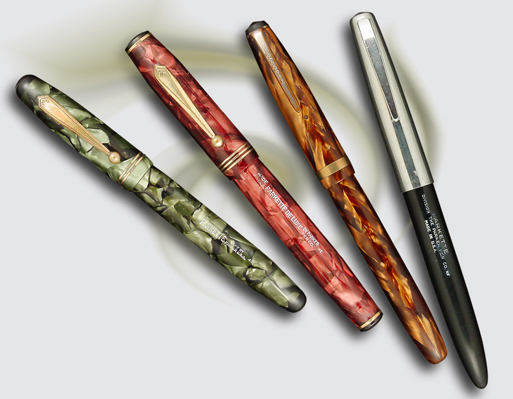
Image 1
Left-to-Right:
Parkette, Parkette Deluxe, Parkette Zephyr
and 1950's Parkette
|
Introduction:
The Parkette family of
pens- manufactured by the Parker Pen
Company- comprised third tier pens occupying
bottom rungs of that manufacturer's product ladder. Produced 1932
through 1941 and briefly again in the early 1950's
and
retailing at a lower price point than most of Parker's other
lines,
these seem to have been
designed to compete with low-end product from the quality competition
and with a multitude of low-name pen makes, too. They
lacked the quality of better Parker pens; today, finding clean examples
today
is not easy. When catalogued, they are found at the back of the
book.
Period advertising tends to be scant. The Parkette was
Parker's first series to employ a lever-filling system, one
prevalent
amongst other
manufacturers. Few other Parker pens ever would pack a lever.
Still... the Parkettes are
Parker pens
and are well overdue for detailed
examination. This
writer's impetus to attack this task was his recent
acquisition of two collections containing 80 of the wee critters. The
Parkettes do have a following
amongst collectors. The pens carry the charm of colorful 1930's celluloid. They can be
nice writers. They are affordable. They are easy to restore to
working order. Evolution of the pens and a nice variety of colors
both contribute to a large number of possible variants, something of no
small
appeal to collectors of vintage pens. Anomalies crop up, further
spicing the soup. Many of the pens can be dated via Parker's well
known barrel-stamped date codes and by correlation to catalog
data.
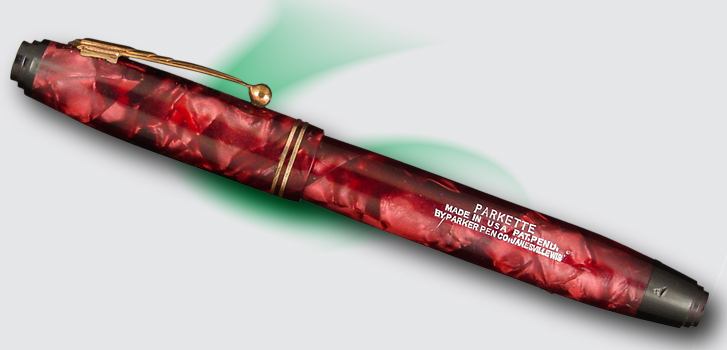 Image 2:
1934 Parkette. This one a Type II Convertible
Image 2:
1934 Parkette. This one a Type II Convertible
A Peek at
the First Tier:
Not uncommonly,
collectors
of vintage pens go for the gold, hunting only the best -
meaning
first tier- pens produced by their favorite manufacturer.
Thus,
when they attack the 1920's- 1950's, collectors of Parker pens
often
are seen hunting the Duofold,
the Vacumatic, and
the
"51". Gazing at these
premier Parker lines- not to mention
handling them and writing with them- one is not surprised
that Parker's best are well collected
today.
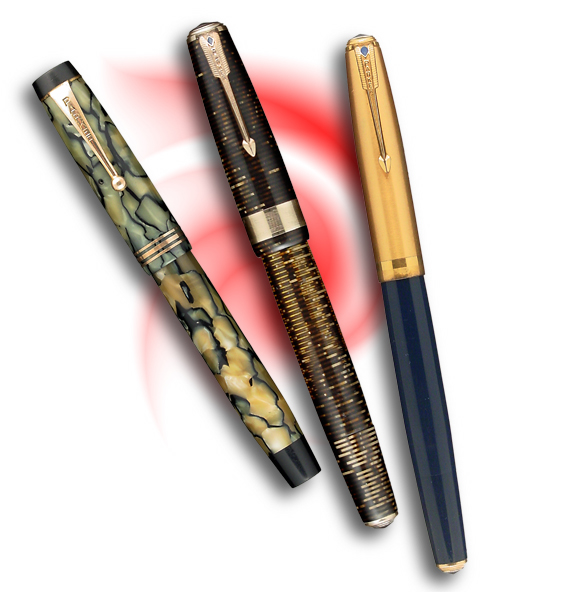 Image 3: Left to
Right- Parker Duofold, Parker Vacumatic and Parker 51
Image 3: Left to
Right- Parker Duofold, Parker Vacumatic and Parker 51
Diving to
the Lower Levels:
It is worth dipping
toe into the murk beneath that lofty
first tier to take a gander at 2nd, 3rd (and 4th?) tier
product.
Large manufacturers produced a veritable cornucopia of pen
lines,
making pens at many price points and targetting different
markets.
During the 1930's Parker produced several families of pens
positioned below the Duofold and Vacumatic.
In some cases we have
substantial
company information about these pens; other times we do not. Some
of these Parker pens are of high quality and today are
aggressively collected; they are relegated to the
so-called 2nd tier by what in
the 1930's seemed to be less cutting-edge style or filling
mechanism.
Indeed, beauty, scarcity and quality has led some of
them to be valued more highly today even than some similar period and
similarly sized Duofold
or Vacumatic pens.
But, some of these lower line pens
truly are of lesser quality, and
would
find themselves utterly neglected, relegated to the junk boxes at pen
shows,
were not PARKER emblazoned boldly on them. Still, the can be
pretty.
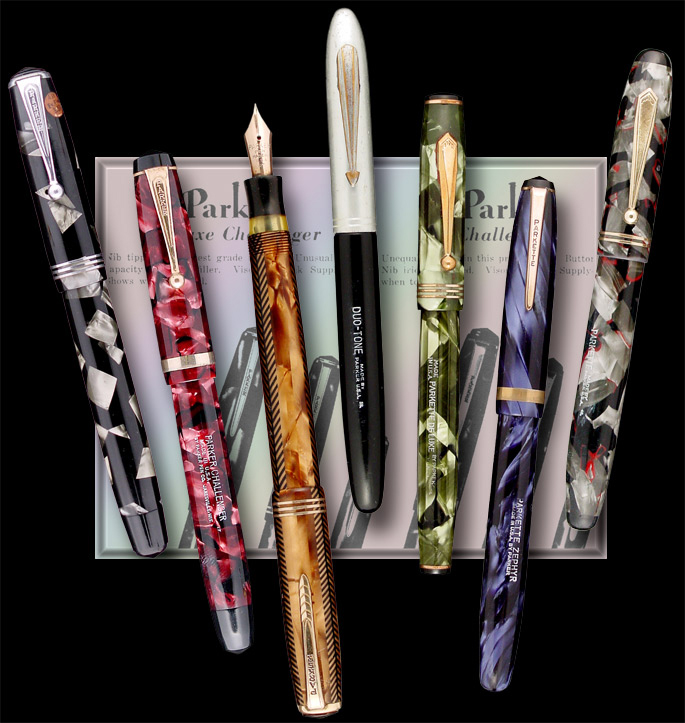 Image 4: Left
to Right- Deluxe Challenger, Challenger, Royal Challenger,
Image 4: Left
to Right- Deluxe Challenger, Challenger, Royal Challenger,
Duotone, Deluxe Parkette (slender), Parkette Zephyr and Parkette
4 Lines:
Parkette, Parkette Deluxe, Parkette Zephyr and a late non-celluloid
Parkette:
The bulk of this discussion will
focus on the the two core lines of pens, produced for the longest runs
and offering the most challenge. For most of
the Parkette run, two
core lines of pens can be found: the
Parkette,
proper, and the Parkette
Deluxe,
the latter occupying a
slightly higher price point and featuring more fancy
trim. Note that
the very first pens from the regular
Parkette family carried a different name, the Parco.
But, the
Parco became the Parkette and here is lumped together with the
regular Parkette line:
| Parco/Parkette: |
Produced
in one size and in several key evolutionary forms.
1932-40 |
| Deluxe
Parkette: |
Produced
in
two sizes and two key evolutionary forms. 1934-40 |
Today, the
prevalence of Parkette and Parkette Deluxe dwarfs that of the two
remaining core models of the Parkette Family, the Parkette Zephyr- which
consolidated and succeeded the previously mentioned models- and a
late non-celluloid Parkette,
which
features the mapping of the Parkette name to a markedly different pen.
| Parkette
Zephyr: |
Produced in one size and in one
form for about one year:
1941. A legacy to the defunct Parkette and Parkette Deluxe. |
| Non-Celluloid
Parkette: |
A 1950's pen representing a
reintroduction of the Parkette name after a
nearly 10 year absence. Little in particular in common with the earlier
pens save for the lever filling system. |
Image 5
Left-to-Right:
Parkette (Type 3b), Parkette Deluxe (Type 1C), Parkette Zephyr
and 1950's Parkette
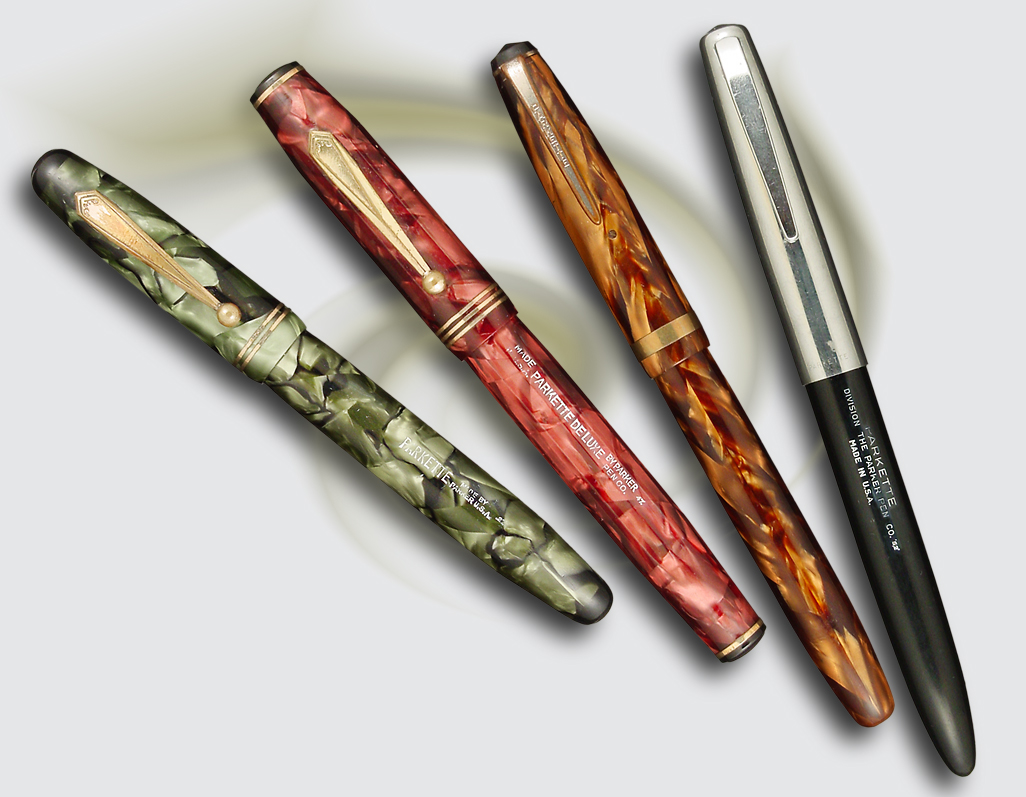
ERA OF PARKETTE
PRODUCTION
The
Parkette family was
produced
from 1932 through 1941, though the name was reintroduced in 1950 in a
model that ran a couple more years.
The
earliest (?) reference noted for the regular line
Parco/Parkette
family is ad template aimed at
dealers from an
August 1932 Parker Proxy. The text perhaps is a bit liberal, as the
pens appear not to have been trimmed in solid gold, perhaps not even in
the heavy gold filled metal seen on more expensive Parker pens. Go
figure. But, the early pens did have true 14k nibs.
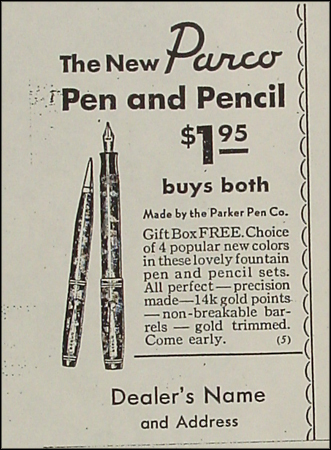
Image 6: Parco ad template. August 1932
The
early name Parco gave way
to the more familiar Parkette
during 1933. The November 1932 Parker Proxy still calls
the pen a
Parco. By December 1933
Parkergrams address it as Parkette.
The switch likely took place between the issuance of those two
publications. By 1941 the Parkette
and Parkette Deluxe were
discontinued and the line
was consolidated into the 1941 Parkette
Zephyr. The Parkette
Deluxe seems to first
appear in 1934 Parker catalogs and is known to have run through
1940. During the war years Parker clearly cut back on its low line pens
in
favor
of higher profit margin items, and from 1940-1942 or so appears to have
eliminated all pens below the $5 price point. Parker references the
elimination
of lower price point items in a 1944 business magazine article.
Parker
reintroduced the Parkette name around 1950 to a new line of lever-fill
pens. Just as the 1930's Parkettes featured materials and styling of
the day- celluloid caps and barrels, open nibs, and chunky
contour- so too did the new 1950's Parkette feature- in somewhat
cheapened form-
characteristics of Parker's premier pen of the day, the Parker
"51". With solid color injection molded barrels, metal caps and
hidden nibs, this new Parkette maintained continuity with the old via
its filling system, which was used in very very few lines of Parker
pens. The tendency to reuse model names hardly was limited to
Parker. Waterman, too, in the early 1950's brought back the
venerable 1930's name Lady Patricia for a line of inexpensive metal
capped pens. Sheaffer reused many of its 1930's model names over the
years.
A Parker with a Lever? So what? :
From
the late 1910's through 1948, Parker's self-filling fountain pens
generally employed either a button-fill
system or the vacumatic-fill
system, the latter of which gets its name from its appearance in the
Parker Vacumatic. Most of Parker's competition used the
lever-fill system
for their best pens. Waterman's Ripple and Patrician pens, Wahl's Gold
Seal pens , Sheaffer's Lifetime, etc., all were lever-fill
pens. It is interesting and a bit provocative that Parker
introduced the lever-filler to its
brand, long after the others had, whilst choosing to employ it
only for
its most
humble and flimsy pen, the Parkette.
Eventually
the lever
filler would find its way into other Parker pens- also of the humble
and
flimsy sort- the Duo-Tone
(not to be confused with Duofold) and the Writefine, produced at the end
of the 1930's. This writer is unaware of other lever-filling Parkers.
The Duo-Tone and Writefine will not be addressed at length in this
treatise
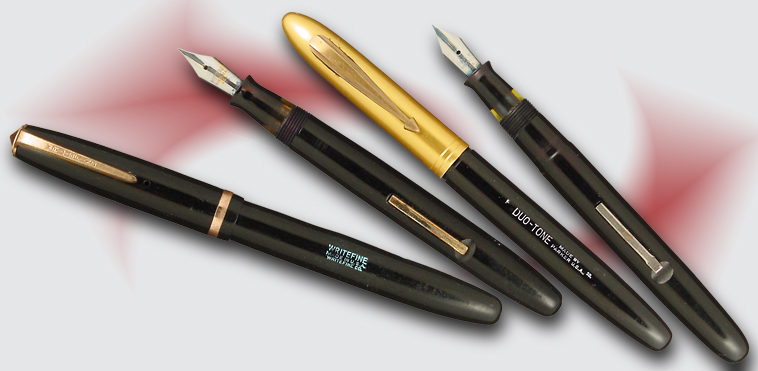
Image 7: Parker Writefine and Duo-Tone
With the introduction of the
lever-filler Parco/Parkette,
Parker featured three
different filling mechanisms
by
1933. Did this allow less costly manufacture for the new pen
line? Perhaps. Still... one might imagine
that Parker found a certain charm bringing out its lowest line pen in
1932 utilizing the same mechanism found in the best from its
competition. Waterman Patrician, Sheaffer Balance, Wahl Doric
and... Parker Parkette??!! A serious in your face to the other
manufacturers.
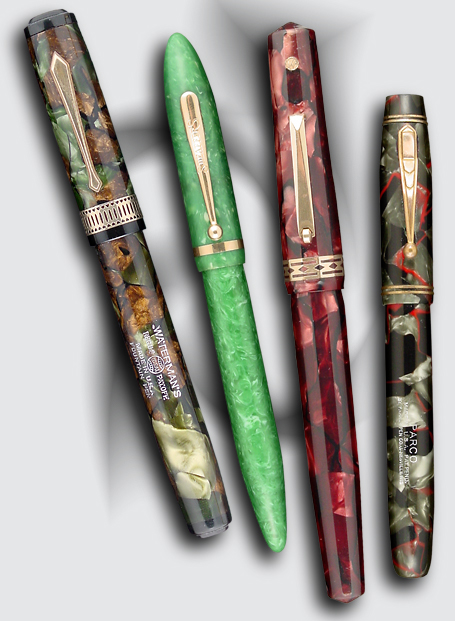
Image 8: Four Lever fillers: $8-10 Waterman
Patrician, Sheaffer Balance,
and Wahl Doric and...$1.25 Parker Parco!
The
Parkette and Deluxe Parkette were third tier products. During the
early-mid 1930's the streamlined Parker Duofold- a button
filler-
was ceding the premiere position at Parker to the Vacumatic; indeed it
would cease appearing in catalogs altogether after 1934. The
button-filler
would continue use throughout the 1930's, largely in the Parker
Challenger
family, comprising the Challenger, Deluxe Challenger and Royal
Challenger.
Generally of quite good quality, the Challengers were rendered 2nd tier
(compared to the Vacumatic) by virtue of price point, by presence
of the old fashioned
button filling system, and by lack of transparency of pen
barrel.
With the 1st-tier Parker Vacumatic priced at $5-10, the various
Challengers
ran $2.25-$5.
But, whilst the
Challengers were solidly built pens, the 3rd-tier Parkettes
(regular and Deluxe) made
obvious sacrifices in quality.
Priced
at $1.25-$1.95, the pens' metal trim was markedly lower
quality than that found on the Vacs and Challengers. The
pens lacked Parker's vaunted
washer clip. Brassing and pitting are common
enemies
of the Parkette, reflecting what appears to be flimiser finish (gold
plate/wash
vs goldfilled?), though perhaps the lower price of the pens led to
less
careful use/preservation as well. Indeed, today it is easier to find
clean examples of Vacumatic or of Challenger than of Parkette; this
both lowers the
overall
collectability of the Parkette but also enhances- relatively- the value
of the occasionally seen really clean
Parkette.
While
most Vacs,
Duofolds
and Challengers from this period were readily convertible to Desk Pen
with
addition of a black end taper, the Parkettes generally made fairly
weany
desk pens, with catalog pages showing desk sets in which one simply
removed
the cap of the parkette and plunked it into the receiving trumpet...
not
very elegant. The Parkettes were the first Parker pens eventually to
feature nibs not made of solid 14k gold.
Introduction
to the taxonomy of the
1930's Parkettes:
The
Parkette and Parkette Deluxe experienced frantic evolution during their
run in the 1930's. The bulk of our efforts will be directed toward
categorizing these pens. A peek at the tables below will make clear the
relative complexity to collecting these two pens vs collecting both the
later
Parkette Zephyr and the non-celluloid 1950 Parkette. Both the
Parkette and Parkette Deluxe experience minor and major evolution. An
attempt at a rational taxonomy is presented below. It is based
largely on shape of the pen and on trim features. Nib style does not
contribute. New information of course might lead to subsequent
modifications.
Does
the reader need to know 9 Types or Subtypes of the Parkette and
Parkette Deluxe models produced from 1932-1940? Will
knowledge of these Types
and Subtypes appear in casual pen chat? Will folks hear, "John,
guess what? I just found a nice Type 3B Parkette in Red celluloid to
match my Type 1C Parkette Deluxe."? Perhaps not. However, a
stab at classification allows the interested collector to get a sense
of
the evolution and context of these pens, and provides a basis for
serious collecting.
Do
scan the tables below. Do not worry if the details do not make sense.
The gaps will be filled when each model is reviewed. Apparent is that
the Parkette and Parkette Deluxe require the bulk of attention
Parkette
1932-1940
|
Intro'd
|
End
Rings
|
Shape
details
|
Clip
Style
|
Sizes
|
Type
0 Parco
|
1932
|
2 at top
|
|
Stepped, box
|
1
|
Type
1
|
1933
|
2 at top
|
|
Stepped, angle
|
1
|
Type
2
|
1934
|
none
|
stepped ends
|
Stepped angle
|
1
|
Type
3 A
(might not exist)
|
1935?
|
none
|
smooth blunt
endss
|
|
1
|
Type
3 B
|
1935 |
none |
smooth rounded
ends |
Faceted Smooth |
1
|
Type
3 C
|
1938 |
none |
smooth rounded
ends |
Arrow |
1 |
|
Parkette
Deluxe (1934-40)
|
Intro'd
|
End
Rings
|
cross
section shape
|
clip
style
|
sizes
|
Type
1 A
|
1934
|
white plastic
|
fluted
|
stepped
|
2
|
Type
1 B
|
1934
|
metal
|
fluted
|
stepped
|
2
|
Type
1 C
|
1935
|
metal
|
fluted
|
faceted
|
2
|
Type
2
|
1938
|
none
|
round
|
arrow
|
2
|
|
|
|
|
|
|
|
Parkette
Zephyr
|
Intro'd
|
nib
|
shape
details
|
clip
style
|
sizes
|
|
1941
|
14k
|
slender contour
|
blade
|
1
|
Parkette
metal cap
|
Intro'd
|
nib
|
shape
details
|
clip
style
|
sizes
|
|
1950
|
hooded
|
slender contour
|
blade
|
1
|
Introduction to the
Parco/Parkette, proper
(celluloid 1932-1939/40):
The Parco/Parkette family, proper,
evolved frantically during its 9 year run, and was the first of the
Parkettes family to appear. During the survey of the
Parkette, the reader will be introduced to several types and
subtypes. Some nuanced variants will not be promoted to full subtype.
| Type-0
pre-Parkette. The Parco. |
|
First reference August 1932
Likely already in production |
Type 1- Early Parkette
|
|
Probably
introduced late 1932-early 1933. Latest possible introduction is late
1933. It is noted that as many as three clip styles appear on the Type
1 Parkette during its roughly 1 year run. At this time these clip
variants will not be assigned formay subtype status. |
Type 2- Parkette with stepped
ends
|
|
Shown in 1934
Parkergrams/Catalog |
| Type 3a- Parkette with smooth
truncated black ends* |
|
Shown in 1935 Catalog. it is uncertain
if regular USA-made production pieces were produced with the truncated
ends. |
| Type 3b- round ends, ball
clip 1935 |
|
Found with 1935 date codes
and illustrated in the 1936 catalog |
| Type 3c- round ends, arrow clip 1938 |
|
First illustrated in the 1938 catalog.
The final Parkette, proper. It is suspected this style continued
through 1940. |
Type 0: The
PARCO:
Introduced probably in 1932, the
regular line Parco- first member of the regular Parkette family-
actually is a fairly
attractive
pen, at least when it is found in decent condition. It
features dual top gold-tone end rings, celluloids
marbled
in the Duofold tradition, gold nib,
nicely stepped clip and overall a fair
bit of flair.
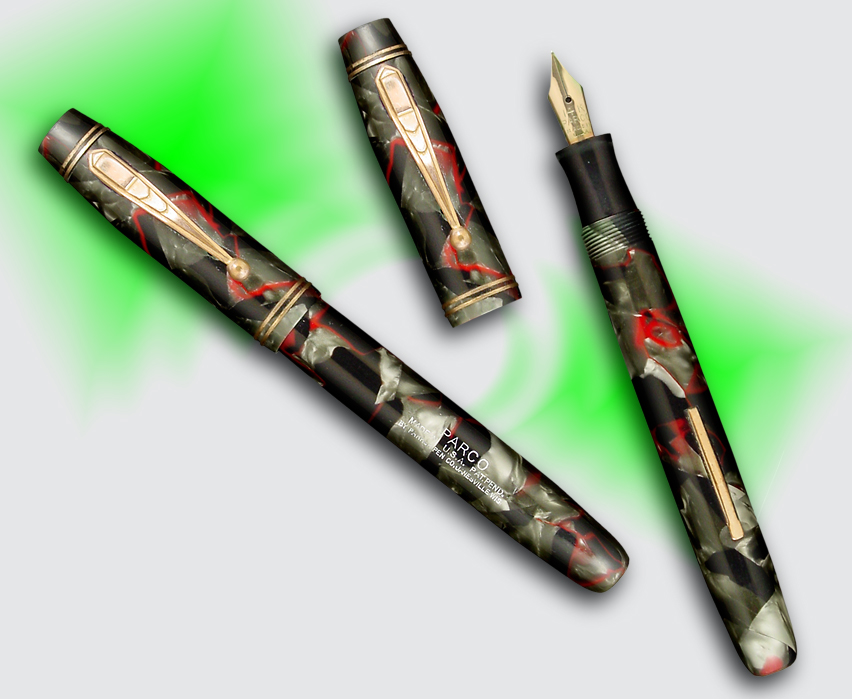
Image 9: The $1.25 Parco. Start of the Parkette
era.
The Parco was cited in Parker
literature. Whilst hardly Parker's prime focus, it did have its
role. A Parker Proxy from October 1932 discusses sales
positioning.
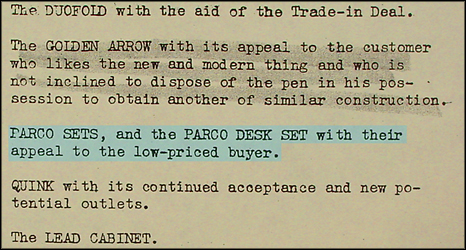
Image 10: Just in case there was doubt the Parco
was low end.
Could one purchase the buyer for little money, too?
Four Colors can be found:
Burgundy
(a Burgundy-on-Blak similar to Duofold color of that era), Green (a
more "crushed velvet"
appearance compared to Burgundy), Gray
(Gray-and-Black-with-Red-Veins)
and solid Black. A firm value hierarchy really does not
exist for these; I tend to
favor a descending sequence of Gray, Red, Green, Black. Green appears
to be the most unstable color, at risk for discoloration and for
crazing.
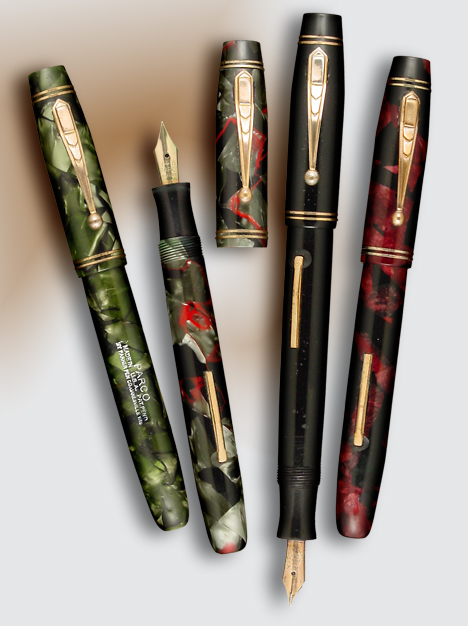 Image 11: Four colors of Parco
Image 11: Four colors of Parco
Was it mentioned that Parco
pulled the low end for
Parker during this time? Well, yes it was. Here is more company shmooze.

Image 12: In late fall 1932, Parker did not have
any illusions about its PARCO.
Type 1
Parkette: A name-change
away from Parco:
The
transition to
Parkette
seems to have occurred in late 1932-1933. The first of the
Parkettes bore great resemblence to the Parco. The nibs still were gold. Indeed, at first and
casual glance-
save
for the modified nib and barrel imprints- the new Parkette might appear
identical to the Parco. Clip evolution proves more dicey.
Most, perhaps all of the Parkette Type 1 pens appear with at
least two different clip styles, both of which are subtly different
from the Parco clip. Adding some confusion is the possibility that the
earliest clip style (as seen on the Parco) bridged the the model's name
transition perhaps appearing as a third (earliest) style clip on the
roughly 1 year run of the Parkette Type 1. Keep in mind that for Parker
pens in which several features evolved during a limited time, it
remains uncertain today that all such features changed the same day of
production! This problem plagues analysis of the Parker
Vacumatic, in particular.
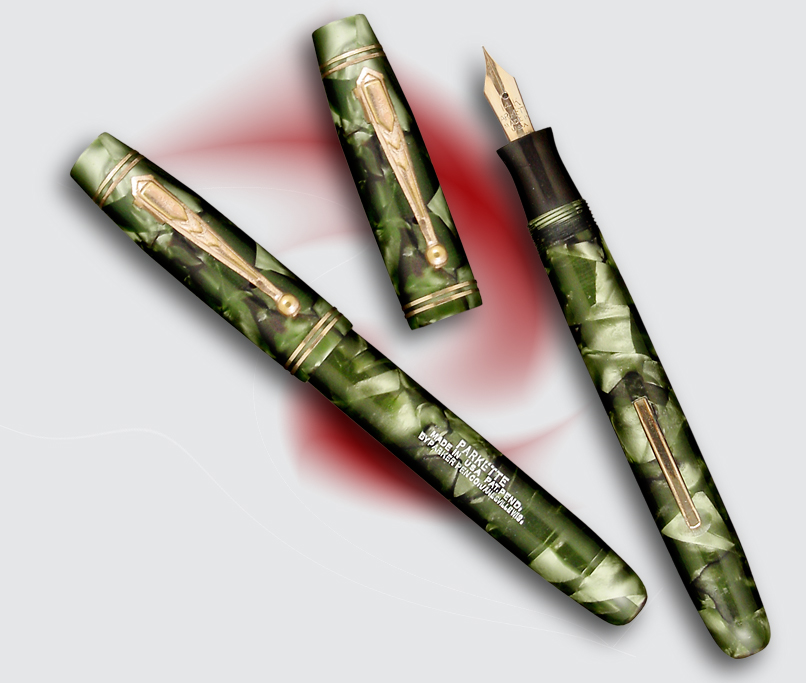
Image 13: Type 1 Parkette. Very similar to the
Parkette, the nib and imprint now are marked, "Parkette". The clip has
changed, too.
Two clip styles and perhaps a third (which would be the earliest) appear on the Type 1
Parkette. Given the short run for this Parkette- roughly a
year- and given lack of documentation for serial evolution to the
exclusion of use of these clips in parallel, I have opted not to call these pens Type 1A, Type
1B and Type 1C Parkettes. For now, we will consider these clip
variants to be... interesting nuances in the realm of Type 1
Parkette collecting.
In viewing the clips it is noted the key switch is from the Parco
style clip- with its triangular and boxed shape marking at top of
clip- to a simplified pentagonal marking. It remains
uncertain if the Parco style clip was used on Parkettes, proper.
Certainly, I've seen a couple at pen shows. While an invocation of the
dreaded Cap Swap can
explain these (cap from Parco put on a Parkette), it is at least
as likely that Parker simply did not switch the clip stamping the very
day that nib and barrel imprints switched, preferring use up a supply
of fairly generic clips before bringing the new style on line. I do
admit i'd be... suspicious seeing the second or third type clip on a
Parco (Type 0 Pen).
In any case the second style clip gave way (or was produced in
parallel) with a third clip style, which featured similar markings but
on a thinner and slightly longer clip with smaller clip ball. This
third style clip is the rule on the successor to the Type 1 Parkette,
namely the stepped-ends Type 2 Parkette. That this clip appears on all
of this later style pen does bolster the case that the three clips
appeared serially. No value distinction is applied to one or the
other clip when found on Type 1 Parkette pens.
|
Clip
Style A: This clip appeared on the Parco (Type 0
Parkette). The example at right is from a Parco. It is uncertain
if it bridged the transition to Parkette. It might have
appeared on early examples of the Type 1 Parkette. Near the top
note both triangular and box-shaped markings.
|
Clip Style
B. Now with a pentagonal first step. Clip is about as long as
the earliest clip style. It is proposed that this was the next
iteration of clip to appear on the Type 1 Parkette.
|
Clip
Style C. The Clip is longer and more slender, the angles on the
steps are more acute. The clip ball is smaller.
|
Clip Style
C- again. This time shown on
a 1934 Type II Parkette (which
will be examined shortly). Shown only for comparison. This clip also
appears on the earliest Parkette Deluxe pens, also dating to 1934
|
|
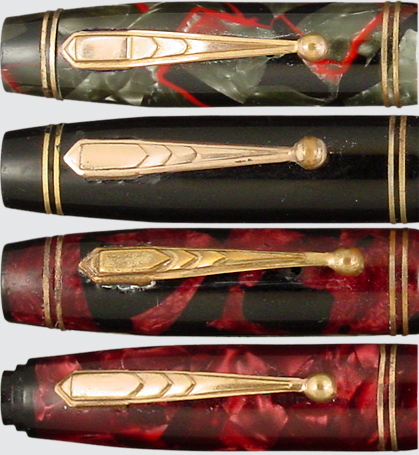 |
|
Image 14 (included
in table): Three clip styles found
on Type 1 Parkette. Type 2 Parkette shown, too
In current collecting circles, no
clip style conveys greater or lesser value to the Type 1 Parkette. I am
most charmed by Clip Style B. It appears not to be found on the earlier
Parco, is different from the Clip Style C seen on the later Type 2
Parkette or on the Parkette Deluxe pens, and perhaps is less common
than that later clip.
The earliest reference i've seen
naming the pen Parkette is the December, 1933
Parkergram. If the text is accurate with no lag for printing time, the
pen was called Parkette at least one month earlier, giving a November
1933 latest possible date for the appearance of the new name.
Obviously, the
name could have appeared anytime since the last known reference to
Parco (in
November, 1932). Thus, the run time for the Type 1 Parkette remains a
bit unclear. In turn, the latest it was supplanted by the
Parkette Type 2 is
February 1934.
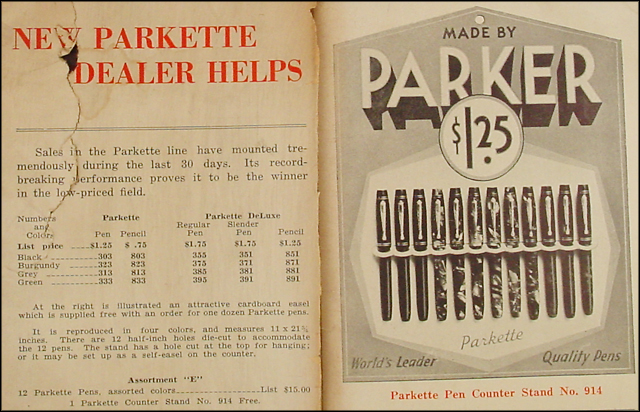
image 15: Point of Sale and catalog info from
December 1933 Parkergram
The Parkette Type 1 is
found in the same colors as the Parco, Burgundy (red/black chunks),
Green, Gray (chunky Gray/black-with-Red-veins) and of course solid
Black.
The pens look very much like the Parco. Value hierarchy is poorly
defined, though again i favor a descending sequence of Gray, Red, Green
and Black.
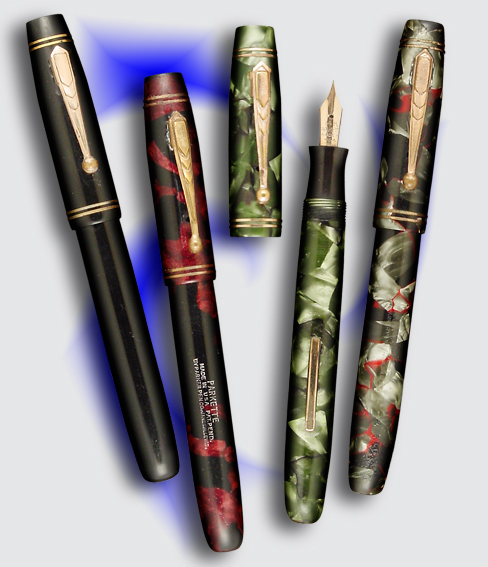
Image 16: Four colors of Type 1 Parkette,
featuring two of the two to
three clip styles appropriate to this pen
Finally, peek at catalog copy
from 1933 for a Parkette Desk Set. Whilst Parker desk sets based
on
other Parker pen lines from this era employed long black
tapers
to
complete the desk pens, the Parkette obviously could not
accomodate a taper because- unlike other Parkers- this lever
filling pen lacked a bottom blind cap to remove and had no
barrel
threads at blind end of the barrel to which to attach such a taper.
Keep in mind this notion of a
Parkette Desk Pen, as this will be addressed again later.
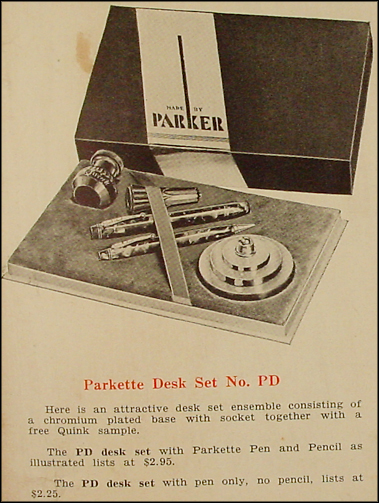
Image 17: Parkette Desk Set. No Taper possible
TYPE II PARKETTE:
The
1st Parkette gave way - perhaps in early 1934- to what might be
niftiest of the regular Parkettes, though niftiness no doubt is
subjective. This 2nd style pen saw the loss of the goldtone cap
rings
and the appearance of dramatically stepped black end pieces. The
clip maintained the stepped appearance of the Type 1 Parkette- Clip
Style C from earlier discussion, with slender long contour and small
clip ball. The imprint remained unchanged from that of the Type 1 pen.
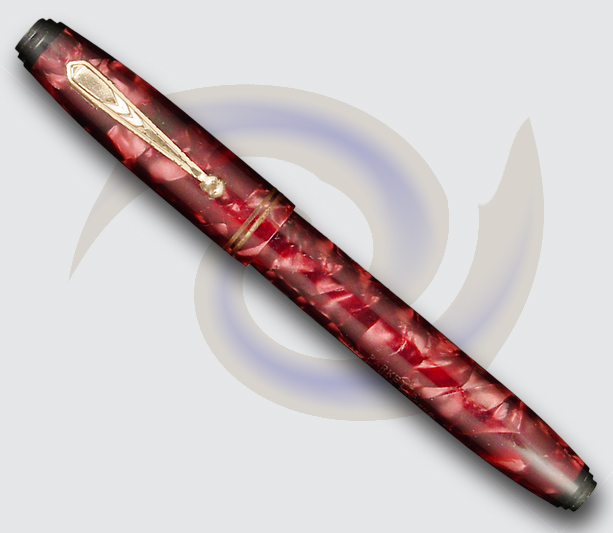
Image 18: Type 2 Parkette.
Parker's lush color catalog from 1934 gives excellent treatment to this
low-priced pen
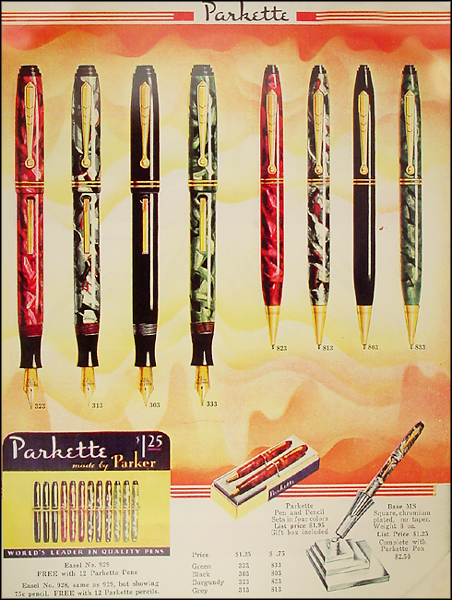
Image 19: Catalog page from 1934. Just jam the
posted pen into
the trumpet to form a clunky desk set.
Four colors again commonly are found in this iteration of the Parkette,
though two forms of Burgundy are found, one of which is well less
prevalent. Black, Green, and Gray (gray/black with red veins)
remain
unchanged . Burgundy, however, loses the chunky
red-on-black
appearance of the Type 0 and 1 pens (and which is reminiscent of
Parker's vaunted
Duofold) and gains the crushed velvet or pearl look of the green
pen- with no
black in the background. The commonly seen Burgundy Type 2 pen thus
looks different from the earlier pens, unlike the other three colors
which maintain their prior appearance.
In fact when this essay first was
composed, I'd suspected this new pearlescent burgundy was part of the
Type 1 to Type 2 switch. Bad suspicion. In any case, the
Parkette Deluxe- newly
described in 1934,
too- would share this plastic for its Burgundy pens, and this Burgundy
would persist until the end of the Parkette/Parkette Deluxe run. I
still favor a
descending value sequence of Gray, Red, Green and Black, noting that
real world value is impacted far more strongly by the condition of
these often-worn pens than by plastic color.
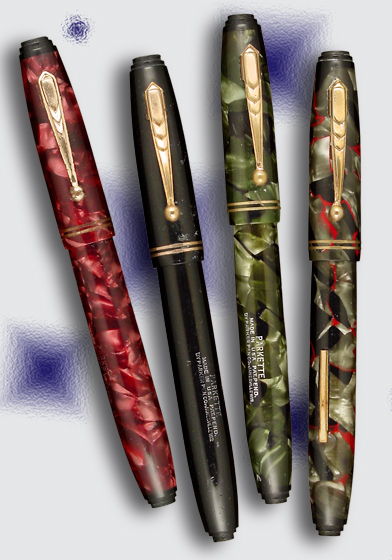
Image 20: Four of the five color variants found on
Type II
Parkettes.
Consider one more color of Type 2 Parkette. It should seem familiar.
The pen shown below illustrates the dangers inherent in using
observation- especially of a relatively small sample population-
as
a basis for generating "rules". Shortly before this essay went to
press, this writer stumbled across an... unexpected... Parkette Type
II. This one featured an early pre-date-code (mid to late 1934 or
earlier production) imprint, and packed the
red/black Burgundy celluloid different from the usually seen Type 2
Burgundy
just shown; it harks back to the Burgundy found in Parco
and
Parkette Type 1. This also shows us that when pen
evolution features multiple changes (eg. different nib,
different clip, different shape, different imprint, different color,
etc) in our somewhat arbitrarily assigned evolutionary schema, not all those details need to have
changed at the
at the same instant. Catalog images represent a snapshot (sometimes not
even an accurate one) in time. Production can vary. It is suggested
that this earlier style Burgundy was produced
before the pearlescent Burgundy shown above, but it is impossible to
rule out parallel production.
 Image 21: Type II Parkette found in Burgundy
usually seen in Type 0 and Type 1 pens
Image 21: Type II Parkette found in Burgundy
usually seen in Type 0 and Type 1 pens
The Parkette Type 2 bears no small resemblence to pens by Monroe and by
Eclipse. Whilst collectors -
rightly or wrongly- often believe that pens by smaller
manufacturers or
by makers of generally lower quality pens follow and mimic
the style
set
by the big guys, internet discussion of late has suggested that the
Monroe
and Eclipse products predate this Parkette which shares so much
in
style. Still,
the resemblance is startling. Monroe pens are highly sought,
generally
high quality items from a smaller maker. Eclipse often does not
receive
quite the same collector interest given Monroe, though it has a
following
too. Consider here, the Parker Parkette juxtiposed with the Monroe and
Eclipse product.
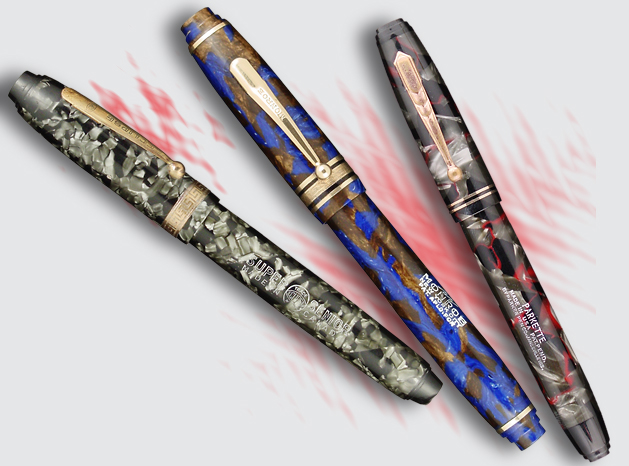 Image 22: An Eclipse, a glorious oversized Monroe
in "Patrician Turquoise" plastic, and a
Image 22: An Eclipse, a glorious oversized Monroe
in "Patrician Turquoise" plastic, and a
Type 2 Parkette (convertible)
A convertible
Type 2 Parkette:
Also,
this Type 2 Parkette era featured something uncommon amongst the
Parkette
and Deluxe Parkette range- a Convertible
pen,
able to switch from pocket pen to true desk pen with the addition of a
taper. Unlike
other
Parker pen lines of the time, which allowed for conversion
to desk pens by removal of
the blind
cap covering the button or vacumatic plunger and with addition of a
black
taper, the Parkette generally had no
blind cap to remove, because the Parkette was a lever filler. We
saw that situation illustrated in earlier sections.
But, Parker
did produce some Parkettes able to follow the conversion-to-deskpen
pattern set by higher line pens. Such Type 2 Parkettes feature a
black stepped blind cap, one
that is removable to allow attachment of a taper. Threads are present
beneath, but of course no button is to be found. It is emphasized
that not all Type II Parkettes could convert. Only those with a blind
cap, indicated by an extra-wide swath of black at the bottom of the pen.
Notice
below the two Type 2 Parkettes are not quite the same. The green pen at
the bottom has symmetric steps at top and bottom. The Gray
pen has a disproportionately large black region at the bottom. Indeed,
whilst most Parkettes- including the green one shown- have a single
piece barrel, this Gray pen has a true blind cap (a removable
bottom cap) reminiscent of the blind caps which cover the button or
vacumatic filling mechanisms of higher line Parker pens. Let us call
this Parkette a Type 2 Convertible. The
only examples of convertible pen I've seen are Type 2 Parkette. It is
uncatalogued. The
Type 2 Convertible will be addressed later. Don't forget the pen.
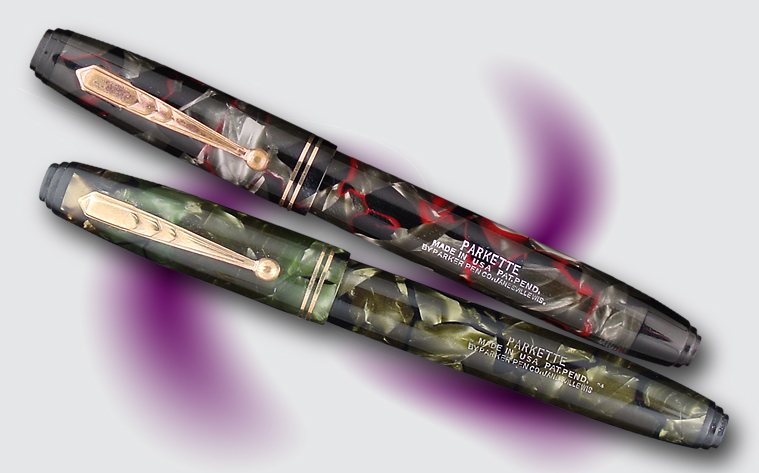
Image 23: Gray Type 2 Convertible pen with black
blind cap, and more typical dedicated pocket pen in green.
Parkette
Type 3 (3B, 3C and... perhaps 3A):
We
now move to what is perhaps the most commonly seen form of regular
Parkette,
one that ran at least 1935-1939, though I do wonder if some late
1934 pens were produced in Type 3 form. The Third Style
Parkette is
dominated
by non-stepped black endpieces. Smooth endpieces are
the key
to differentiating this dominant and final type from its immediate
predecessor, the stepped-end Type 2. Type 3 pens generally pack a
barrel imprint different from earlier pens, though sometimes even
late Type 3 pens crop up
with Type 1-2 Parkette barrel imprints, not explicable by
invoking "someone swapped a barrel"- date codes and shape preclude such
aftermarket parts swaps. It seems Parker did not want us to find this
too
easy. Due to some catalog information, at
least one anomalous Canadian and a single neat off-catalog USA-made
pen,
consideration is given to the
possible existence of a Type 3A pen, whose endpieces- whilst smooth,
pack a somewhat different shape from the prevalent Type 3B pens. One
would expect the Type 3A to
exist- given that it was catalogued- but the things just don't seem to
crop up! More data will be needed to pin
down the Type 3A Parkette.
Parker's 1935 catalog offered dealers point of sale
display items
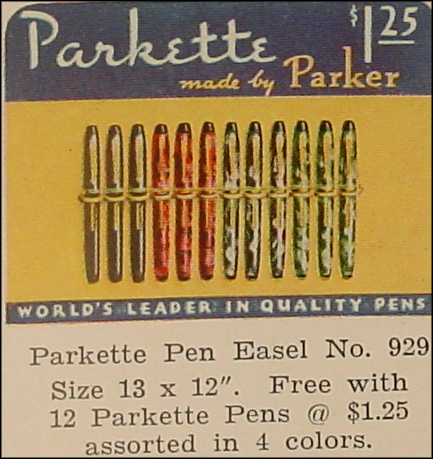
Image 24: 1935 catalog image of point-of-sale
display
One
can divide the 3rd
style pens into earlier and later variants based on the clip (for now,
consider them Type 3B and Type 3C), which
evolved whilst the rest of the pen stayed stable. The Type 3
Parkette is
catalogued in early
1935, though perhaps the switch in look occurred as early as late
1934. The type 3B
pens had a faceted ball-clip. In 1938
the clip was switched to an
arrow
style clip.
This clip marked the type 3C pen. The 3C would be produced at least
through 1939-1940, when the Parkette, proper, appears to have
ceased
production. Before we address- briefy- the earliest subtype, the possible Type
3A, let us examine the better known Type 3B and Type 3C.
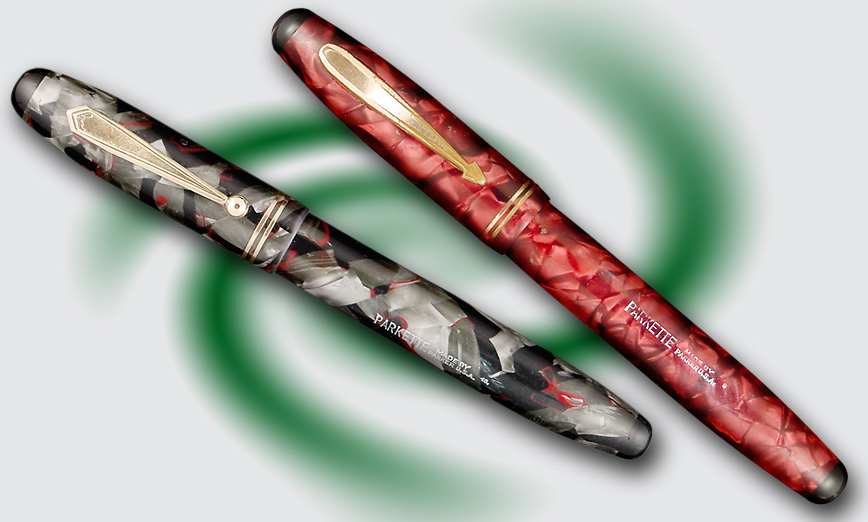
Image 25: Type 3B and Type 3C Parkette. Not shown
is the tentative Type 3A, which is suggested by catalogues.
The Type 3B appears in the same four colors that characterized
the Type 2 (stepped end) Parkette: Burgundy (crushed-velvet type),
Green, Solid Black and Gray (Gray-Red-Black). Note that the stepped
ends of
the Type 2 are gone. Note the new imprint (though early style imprints
do crop up years after the Type 3 was introduced). Note the new style
clip on the 3B. Gone is the stepped clip of the Type 0-2 pens, replaced
by a faceted clip, which in turn would be replaced by the arrow clip in
1938.
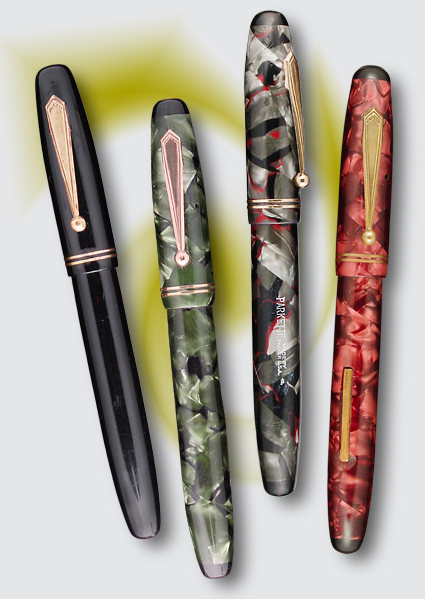
Image 26: Type 3B Parkette in four colors
The Type 3C Parkette pen with arrow clip first appears in the
1938 catalog. Note the transparent gripping section, appearing
across all Parker's sub-Vacumatic lines. Just as the Type 2
Parkette (stepped ends) saw two types of Burgundy plastic, it seems the
Type 3C saw
the appearance of a new variation of one of its core
colors. In this case, that color was Gray.
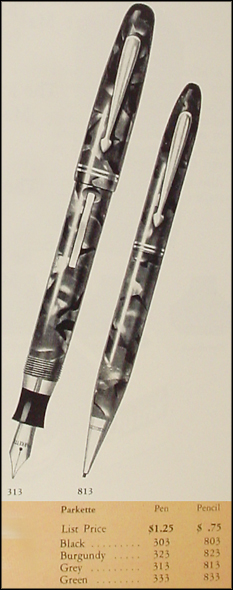
Image 27: 1938 Catalog
Type 3B Parkette. Arrow clip
It seems that two different Grays
might be found in the Type 3b (Round
end, arrow clip) Parkettes . Below, the illustrated Type 3B Gray
pen shows the pearlescent, crushed-velvet look of the
Burgundy pen, no longer featuring chunks of gray and black with red
veins. One might speculate that the conventional Gray pen probably also
was produced during the Type 3B era, but
that at an as of yet undetermined date, the plastic was switched to the
gray shown below. Or, perhaps Parker used a batch of the new gray for
awhilst in the midst of producing the usual color. But, either
way one might expect to find
five colors can be found in the 3B style, instead of just 4. If the
Gray/Black/Red was not produced as a type 3B pen, then what the reader
sees below is what he will find out there. This writer simply cannot
recall if he has or has not seen the earlier style Gray/Red/Black in
this form of Parkette. Sorry sorry.
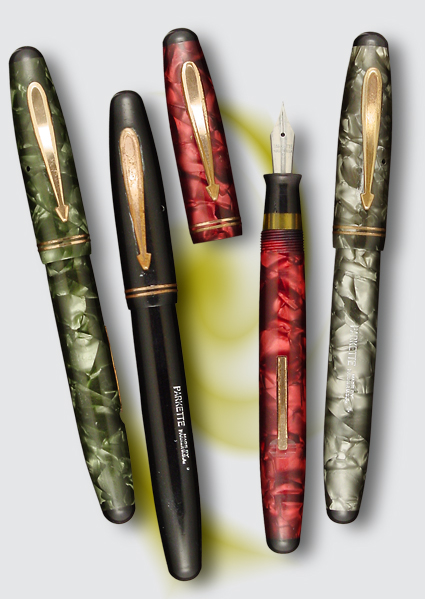 Image 28: Four colors of Parkette type 3C. Note
that Gray
Image 28: Four colors of Parkette type 3C. Note
that Gray
now has the "crushed velvet" or pearlescent look. The older
Gray/Red/Black color perhaps was produced in this form
too.
Too,
we note that in the 1936
catalog, Parker no longer cites gold nibs
on the Parkette and Parkette Deluxe. Indeed, nibs from this era appear
to be of steel. Some have gold tone. Some appear white, the latter
perhaps simply having the goldwash worn away.
But,
what about the Type 3A? How can you have Type 3B and Type 3C but no
Type 3A???
Well, what about the Type 3A?? Perhaps we should cite the possible Type
3A. Its regular production is... uncertain.
The first catalog appearance for the Type 3 Parkette is in 1935. But, a
subtle difference appears in that catalog illustration from the
commonly seen Type 3B pen shown above (round smooth black ends, faceted
ball-clip). In fact, as illustrated in the catalog i've
seen no USA production pieces in catalogued colors. If you reads a bit
of
hedging in that, he is correct.
As noted
earlier, smooth endpieces mark the start of what we label the Type 3
era. Prior Type 2 pens had stepped end pieces. All the Type 3 pens
shown above have smooth endpieces and those so far shown are markedly
rounded,too.
It is this writer's belief that a variant of Parkette appeared between
the stepped-end and stepped-clip Type 2 and the rounded-end,
facetted-clip Type 3B.
This pen, also with smooth black ends would be labelled Type 3A... if
it exists. Have a headache yet?
In the the catalog illustration (image 29) the
Parkette's endpieces are not rounded like those of
typical type 3B and type 3C pens. Intead, they are truncated to a
flat top.
However, whilst I have not handled a USA-made catalog-color pen
of this shape-
rendering it a "possible" sub-type for purposes of this paper- I
have seen a pen in
an uncatalogued color, dated fourth quarter 1944 (with earlier stepped
clip to boot!) with this style end-piece. An undated Canadian pen
also in an
anomalous color has been found that is suggestive of Type 3A. Further
work is needed to clarify the
presence of regular issue Parkettes in this proposed Type 3 A style.
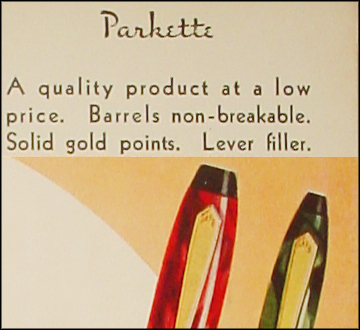
Image 29: The possible Type 3A Parkette as shownw
in the 1935 catalog.
The complete run of celluloid
Parkettes, Types 0-3, produced during a run from 1932 to 1940 have now
been examined, barring some special topics. It is time to move into
Parkette Deluxe territory.
Introduction to Parkette Deluxe:
The Parkette
Deluxe shares with the Parkette the
lever-filling system. Until the introduction of the Duo-Tone and the
Writefine ~ 1938-1940, the Parkette and Parkette Deluxe were Parker's
only lines to utilize the lever. Parkette
Deluxe pens (Type 1) have a fluted (scooped-out facets) structure
unique
amongst
plastic Parkers. But, the final form (Type 2) of
the Parkette Deluxe- introduced in 1938- sees the return to a typical
round cross
section
sans flutes. The Parkette Deluxe was priced at $1.95. Unlike the
Parkette, proper, the Parkette Deluxe was produced in two sizes:
standard and slender. In common with other sub-Vacumatic series, the
Pencils come in but one size.
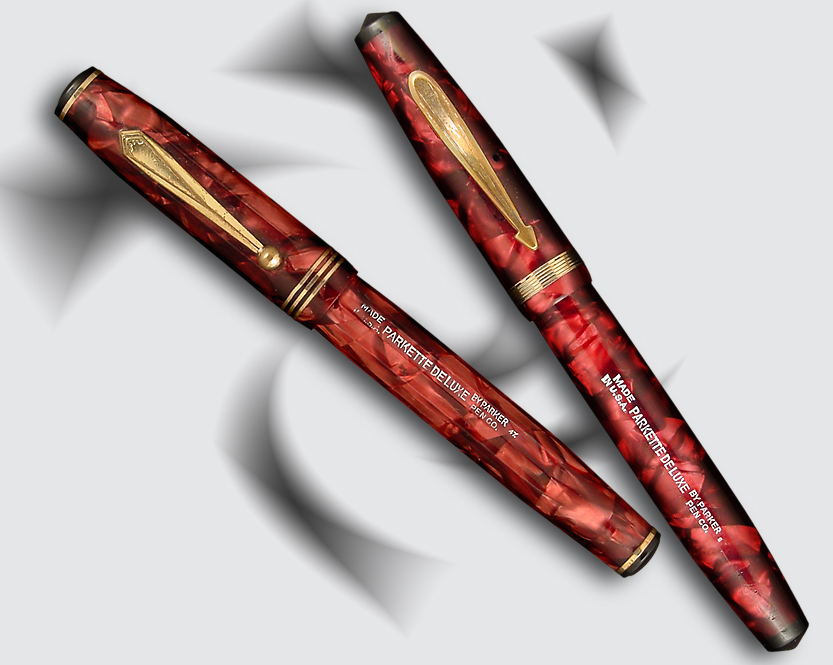
Image 30: Fluted Parkette Deluxe Type 1 and the
streamlined cylindrical Type 2
Collectors tend to
be more familiar with the fluted pens, which were in production perhaps
4 years. However, the round model carries no small charm for the
dedicated
collector, as it is not so easy to find, even if it lacks some of
the
stylistic "oomph" of the earlier pen. The
Parkette Deluxe generally is found in the same four color schemes as
the
Parkette- Red, Green, Gray and Black, though as with Parkette,
exceptions happen.
Parker did make advertising and display materials
available to dealers, as is shown in this 1936 catalog page.
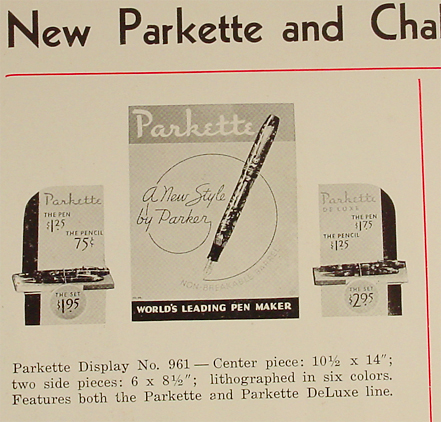
Image 30: More point-of-sale items from the
catalog.
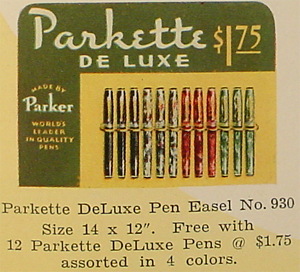
Image 31: The venerable display easel.
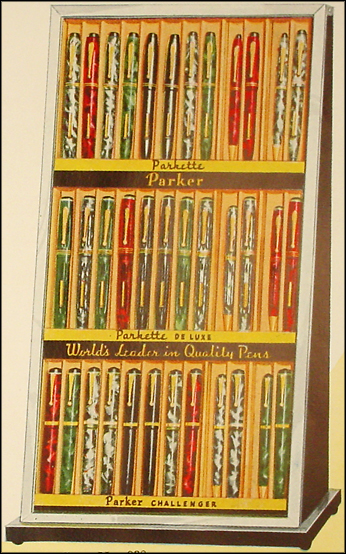 Image 32: A nice way to display pens
Image 32: A nice way to display pens
The Parkette Deluxe Type 1 (Fluted Barrel and Cap)
appears to have seen manufacture from 1934 through at least the start
of
1938. The barrel imprint remains unchanged during this period. The
contour of the pen grossly is stable, though the trim evolves. As
always, it is risky to claim a trend based on examining
a few examples. Still,
observation does suggest a few stages of evolution. Unlike the Type 1
Parkette, proper, which we did not differentiate into subtypes based on
clip style, for the Parkette Deluxe Type 1, clip will contribute to
taxonomic subtyping.
Three trim forms can be identified for the Type 1
Parkette Deluxe.
| Type 1A-
Early Pens: Stepped clip. WHITE PLASTIC Tassies (end rings),
independent of pen color.
Possibly, the black endpieces are more rounded than on later forms. |
Type 1B-
Middle Pens: Stepped clip. Metal Tassies matching clip metal
color. Very brief production, in all likelyhood.
|
| Type 1C-
Final Pens: Faceted Clip. Metal Tassies matching clip
metal
color |
|
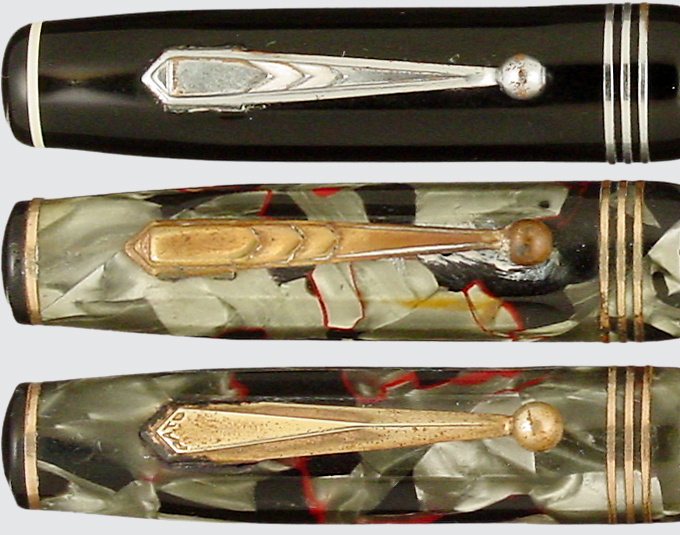
|
Image 33: Three trim combinations from 1934-1938.
The last (Type 1C) by far is most common.
TYPE
1A PARKETTE DELUXE:
As noted, the earliest of the Parkette Deluxe pens
have stepped clips (reminiscent of the regular Parkette Types 2 and
3A), triple cap bands and decorative end rings. But, unlike later pens,
those decorative endrings appear
to be of white plastic rather than of metal to match the clip.
The
endpieces are a bit more rounded than what are found on later
pens. Frankly, this writer likes the look of the white rings;
they hold up
much better than the metal rings found on later pens. No brassing
is possible. Two sizes exist:
Standard and Slender. It is suspected that the Type 1A trim mix ran
from early to late 1934. The Type 1A appears in the 1934 catalog (image
34). Note, too, the typical Gray color (gray/black/red) shown in the
catalog for these pens.
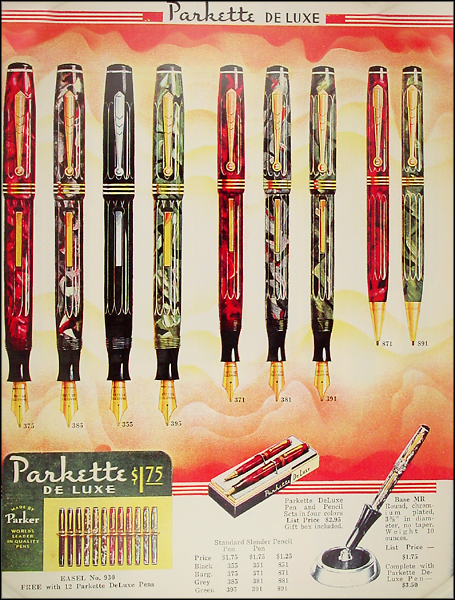
Image 34: 1934 Parker Catalog showing Type 1A
Parkette Deluxe
Note the crude desk pen in which a pen with posted cap
makes the "desk" pen.
As with many Parkettes,
the color spread
includes Black, Green Pearl, Red Pearl and... Gray. Gray, though,
proves a sticking point and introduces us to yet another color variant
for the Parkette family. Most Gray Parkettes (Deluxe and regular) are
gray/red/black. Late
regular
Parkettes (Type 3B-see image 28,above) and the Parkette Deluxe Type 2
(more on that later)
feature an additional Gray Pearl which is a gray done more in the style
of the Red
Pearl and Green Pearl colors- pearlescent without any black and red-
probably a "late" color vartiation.
However, with the Type 1A
Parkette Deluxe we get
yet another gray- Gray-with-Green-Specks (Gray/Green). It is my
suspicion that plain ol' Gray-Red-Black can be found, too. It is shown
in the catalog page (image 34), though i lacked an actual pen for image
35.
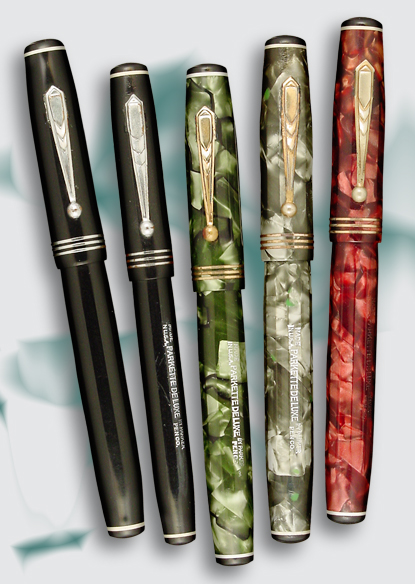 Image 35: Four of the likely five standard colors
of Type 1A
Image 35: Four of the likely five standard colors
of Type 1A
Parkette Deluxe. Note two sizes of pen.
Amongst pens
manufactured in the USA, this writer has seen the Gray/Green variant
only in
the Parkette
Deluxe Type 1A. Canadian pens likely crop up in more trim
configurations. The two grays thus yield five colors for
the Parkette Deluxe Type 1A.
Enough of these have been found that this color mix likely saw a
substantial run. The pen has increased value relative to typical Gray
(Gray/Red/Black) even if- and the following is not known to be so- it
is more common in this style than is the typical Gray. The color is
just so funky. It is my suspicion that the gray/green is an... early...
from of Gray.

Image 36: the Gray-with-Green-Specks Parkette
Deluxe Type 1. A non-catalogued color.
At the first Long Island Pen Show in November 2006, a rather nifty Type
1 A Parkette was brought in for photography. This one featured a
most unusual Turquoise plastic. As the pen is USA-made it will be shown
in this section (some anomalous Canadian colors will be featured in a
separate section near the end of this essay). As always, just
because
one or another catalog available to us fails to illustrate a
color, does not exclude that color from "regular
production" status. Was this pen an trial color produced in short
run? Was it a regular run color shortly to be replaced by the
more prevalent Green? Was it produced from an unstable batch of
green plastic, shifting over time to the more blue hue? Or was it
just a batch variation in the usual green, sold with no special
fanfare? We can but speculate. This definitely is an anomalous
color.

Image 37: A turquoise-pearl Parkette Type 1A. An
anomalous color
TYPE
1B PARKETTE DELUXE:
The Type 1B
Parkette Deluxe represents a mix of the Type 1A's stepped clip and the
later Type C's metal (vs white plastic) end rings. Amongst the 20
or so images of Parkette Deluxe Type 1 pens reviewed for this
monograph, only one demonstrates this cocktail. This
sampling is too small to draw sweeping conclusions. One might
hypothesize that the plastic end rings were replaced by metal before
the clip was switched to the Type 1C Parkette Deluxe style (faceted),
creating a probably brief manufacturing window for the Type 1B shown
here. See also the images of three Parkette Deluxe clips shown a few
images back. This appears to be the most rare trim cocktail found
amongst the Type 1 Deluxe Parkette pens. Barring its existence being a
quirk of production- in which case perhaps it is overgenerous to
elevate it to its own subtype- this pen indeed saw a short production
period. It will help to identify more such pens and to correlate date
codes to this trim style. I'm guessing these will turn out to be late
1934 to early 1935 production. Time will tell. It is imagined
that the pen will appear in the four standard colors and in both sizes.

Image 38: The only apparent Type 1B Parkette
Deluxe seen by this writer. Early-type stepped clip, but late-style
metal trim rings (instead of white plastic).
TYPE
1C PARKETTE DELUXE:
The Parkette Deluxe with metal end rings and
faceted clip appeared in 1935 and ran to late 1937 or maybe early 1938,
when it was replaced by the non-fluted
Type 2 pen. Compared to
the year-or-so for the Type 1A and the who-knows-how-brief Type 1B,
this was a hefty run and accounts of the dominance this style amongst
available Parkette Deluxe pens. This 1936 catalog page
demonstrates the line quite nicely, and the four catalogued colors are
shown in the photo-montage (image 39)
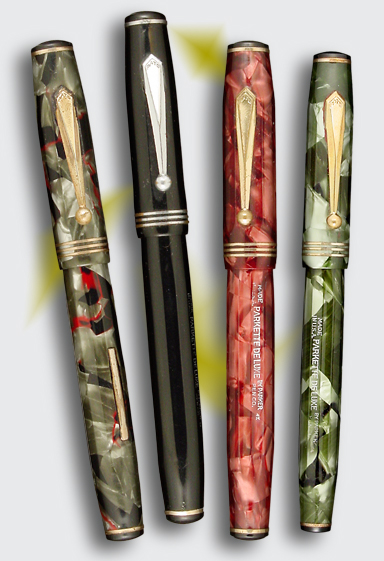
Image 39: Four conventional colors of Type 1C
Parkette Deluxe. Note two sizes.
It
seems that no fluted Parkette-Deluxe ever featured the mix of fluted
plastic and
smooth
arrow clip, the latter being found on regular Parkettes of Type 3C and
on the later Parkette Deluxe Type 2. This is consistent with the
appearance of the arrow clip in 1938.
TYPE
2 Parkette DELUXE:
In
1938 Parker introduced a radically revamped Parkette-Deluxe. The flutes
and end rings
went bye-bye. Instead, a more conventionally shaped pen with round
cross-section appeared and which featured the arrow clip familiar to
the reader from the Parkette
Type 3C. It featured a new concentrically ringed cap-band
that many today choose to
call
the "stacked-coin band".
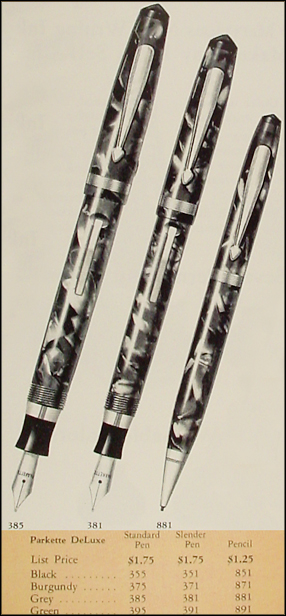
Image 40: 1938 Catalogue page
illustrating Type 2 Parkette Deluxe
These final Parkettes appear to have run
through
1940. They appear in the four typical colors, namely Red, Green, Black
and
Gray, with Gray most often being the Gray/Red/Black mix seen on earlier
Parkette Deluxe and Parkette pens. However the "Pearl Gray" color does
appear as
well, constituting a fifth available color.
Again, i suspect- but cannot prove- that the Pearl
Gray
represents later production pieces than the Gray which is
gray/red/black . Still,
other possibilites exist: the Pearl Gray could have been used in
parallel, for short run or special order, or might've been used whilst
the other plastic was not available. More important though is that the
presence of both gray plastics in this model suggests that both also
might be present for the regular Parkette Type 3B (similar era) for
which i've photographed the Pearl Gray but do not have the
Gray/Red/Black on hand. Again, the best reasonable hope collectors have
to establish the truth of this model is to examine many pens and to
correlate the date codes to the plastic.
The following picture shows a variety of Type 2
Deluxe Parkettes in both slender and standard size, demonstrating the 5
colors (counting two types of gray) that typically appear in this
model. At the far left and far right are Slender pens. The center three
are Standard. Note the presence of two different types of Gray. The
pearlescent gray- whilst perhaps less attractive- probably gains an
edge in value over its variegated brother, due to rarity.
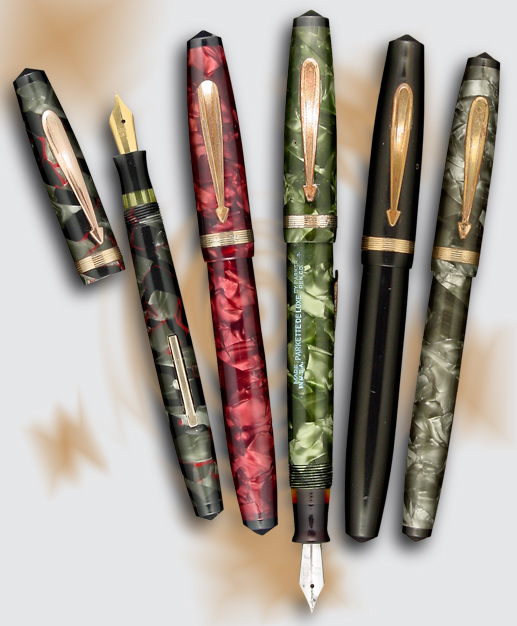 Image 41: An array of Parkette Deluxe Type 2 Pens,
showing two sizes
Image 41: An array of Parkette Deluxe Type 2 Pens,
showing two sizes
and five colors (counting two variants of gray)
An enlarged color chart is as follows. Do note the
marbled/mottled/chunky characteristics of the colors. We will consider
this again a bit later, when some anomalous colors are considered.
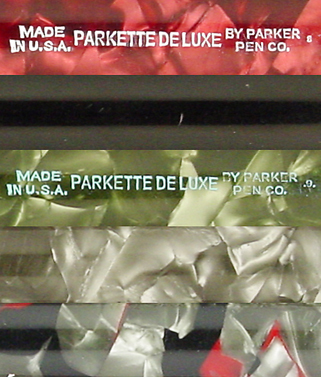
Image 42: Frequently seen Parkette Deluxe Type 2
Colors.
Let's take a final peek at
that table outlining the Parkette Deluxe evolution. Now, it should make
more sense. This marks completion of our analysis of core
features of Parkette and Parkette Deluxe.
Parkette
Deluxe (1934-40)
|
Intro'd
|
End
Rings
|
cross
section shape
|
clip
style
|
sizes
|
Type
1 A
|
1934
|
white plastic
|
fluted
|
stepped
|
2
|
Type
1 B
|
1934
|
metal
|
fluted
|
stepped
|
2
|
Type
1 C
|
1935
|
metal
|
fluted
|
faceted
|
2
|
Type
2
|
1938
|
none
|
round
|
arrow
|
2
|
|
|
|
|
|
|
Nibs for the Parkette
and Parkette Deluxe:
It is time to consider a couple special topics for the 1932-1940 run of
celluloid Parkette and 1934-1940 Parkette Deluxe. The spotlight first
will shine on the nibs. It seems that
Parker started out the Parkette/Deluxe Parkette series using solid gold
nibs, but that this would change in short order to goldplated or
perhaps even plain white
metal nibs. This happened subtly, perhaps representing Parker's
attempt to hold the price whilst increasing profit margin on this low
priced pen produced during the heart of the Great Depression.
NIB ISSUES for PARKETTE and PARKETTE
DELUXE
|
- Basic difference between Parkette and Parkette Deluxe Nibs
|
- Evolution from solid alloy gold to gold tone plate perhaps
to plain white metal
|
Whether made of alloy gold, of yellow-plated white metal, or of
(perhaps) unplated white metal, nibs for Parkette and Parkette Deluxe generally (don't you hate
that word?) are both marked just Parkette (no "Deluxe") and show one
key style
difference. The Parkette Deluxe has a partitioned nib, often (always?)
showing a two toned effect. The regular Parkette lacks such a
partition. Date codes reflect, quarter followed by year (eg. 37 is
third quarter 1937), at least until mid 1938 when the
single-digit-with-dots goes into effect.
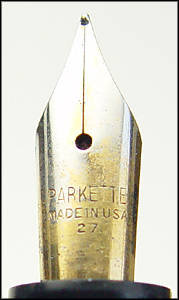
|
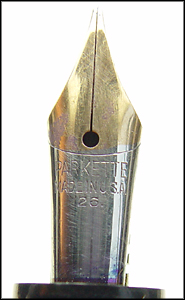
|
Parkette
nibs have unpartitioned contour
|
Parkette
Deluxe nibs have a partitioned look, often with two tone effect
|
Image 43: Parkette and Parkette Deluxe nibs
More complicated than basic differentiation of
Parkette nib from Parkette Deluxe nib, is tracking the composition of
those nibs. It is clear that the nibs started out (1932 Parco and
1934-ish Parkette Deluxe) in solid 14k gold. It is clear that by 1937
the pens were of yellow tint on white metal. It is possible that soon
after nibs were produced without any attempt at golden look.
During the early 1930's Parker generally
did not stamp its
USA-made nibs to
indicate their solid 14 karat gold alloy. All its nibs were alloy
gold. Thus, Duofold,
Vacumatic, Royal Challenger, and "Thrift" pens all had gold nibs
without any 14k markings. It is
supposed that the customer was meant to take as a given that pens from
this lofty manufacturer were accompanied by solid alloy nibs.
Still, the
earliest of the Parkette pens (Parco and Type 1 Parkette) and the
earliest Parkette Deluxe pens indeed packed nibs stamped with as 14k.
Perhaps this was a selling point in a market in which such
inexpensive items- the evil competition's pens- generally lacked
solid gold nibs, using goldplate and
plain steel instead. A big bold "14k" could prove a selling point.
This 1932 Parco nib (image 44) carries perhaps the most bold
proclamation of
14 karat-hood seen on any Parker Pen.
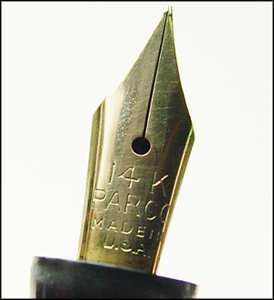 Image 44: Parco (Type 0 Parkette) with
Image 44: Parco (Type 0 Parkette) with
bold "14k" imprint.
Type 1 Parkette from 1933 (image 45) also showing prominant 14
markings. A shot
across the bow of other $1.25 pens?
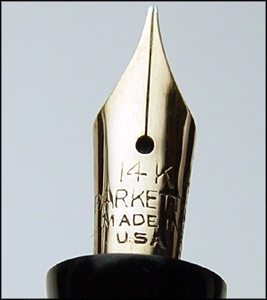 Image 45: Early Parkette (Type 1)
Image 45: Early Parkette (Type 1)
showing similar imprint.
A peek at an early (Type
1A White End Rings 1934) Parkette
Deluxe's nib is
revealing. Image 46 shows the 14k
markings and the two tone effect found on some Parkette Deluxe pens;
interestingly, the two-tone effect is the reverse of what was shown in
the 1934 catalog. I cannot help but wonder if this is a verrrrry early
Parkette Deluxe nib. Note too that it is marked "Deluxe" and indeed
cites its platinum plating.
It is my belief that this is by far the most high cachet nib to be
found amongst all four lines of the global Parkette family.
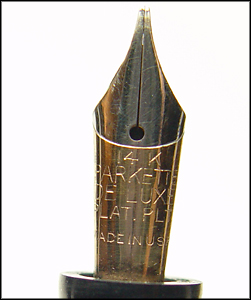 Image 46: Parkette Deluxe nib, with
Image 46: Parkette Deluxe nib, with
two tone effect in opposite orientation
from later pnibs and from catalogue
images. Probably an early pre date code piece.
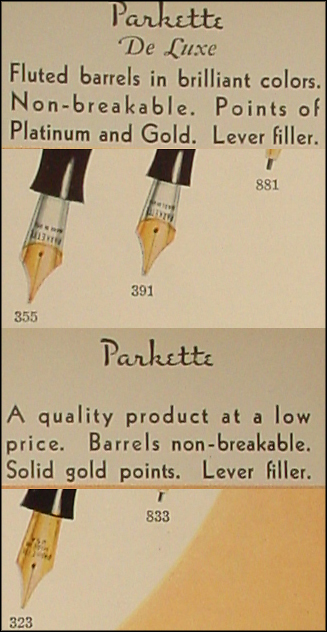 Image 47: 1934 Parker catalog trumpeting
Image 47: 1934 Parker catalog trumpeting
solid gold nibs.
And 1934 pens seem to match the description. In image 47 we see a
regular
Parkette
(Type 2, Stepped ends), not marked 14k but probably solid gold- at
least heavy polish did not reveal any white metal beneath. But, hey,
one never knows. I did not have the nib formally tested.
By late 1934 at the latest, Parker no longer marked the Parkette and
Parkette Deluxe nibs as 14k, though 14k appears to be what they
were manufactured from, at least for a bit longer.
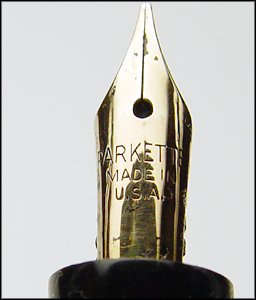 Image 48: A 1934 Parkette nib, apparently
Image 48: A 1934 Parkette nib, apparently
pre-date code, which- barring surprise-
dates nib to early-mid 1934
Next, consider two 1935 Deluxe
Parkette nibs, which
seem to have lost the white
metal plating from most of the proximal half of the nib. The April, 1935
catalog still cites solid gold for the nibs on both Parkette and
Parkette Deluxe. The nibs are
not marked 14k.
A bit of the white metal effect is present on the proximal
section of the nib- near the section- is consistent with
the 1934 catalog page shown above. Had this nib not been gold with
white decorative plating, but been plated in goldtone over a
white base, one would expect the yellow to wear away revealing white,
not the other way around. Although it is possible that double plating
is in play- white proximal plating over whole pen yellow plating over a
white non-gold nib. Also note the nibs are NOT marked
"Parkette
Deluxe", but save for the nib shown earlier with the with that
marking and the funky reverse plating, no other
Parkette Deluxe pen i've seen is marked anything other than
"Parkette"; indeed, the catalog pages for this model (noting that
catalogs do sometimes take artistic license) also do not show the word,
"Deluxe" on nibs.
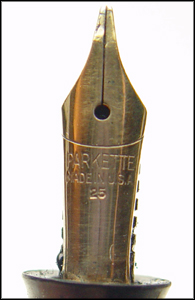
|
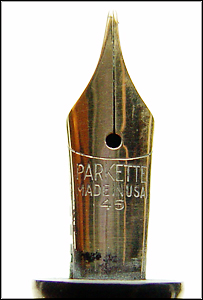
|
Image 49: 2nd quarter 1935 Parkette Deluxe
nib. Hint of white color by the section
|
Image 50: 4th quarter 1935 Parkette Deluxe
nib. Hint of white color by the section |
So far, it has been suggested that Parker started both lines with solid
14k alloy nibs, that the earliest nibs were so marked, that 1934 and
probably 1935 nibs still were of alloy gold, though unmarked. Still, it
is clear that
Parker indeed eventually did dispense with the use of solid gold; often
worn pens
are found with white metal nibs or a mixed look where simple
goldtone effect has worn. Such non-gold-alloy two tone
Parkette Deluxe nibs thus feature a reversed plating pattern- instead
of platinum plating on gold, what next is found is partial gold tone
plating on a white metal nib.
It is my belief that both pens featured gold nibs through at least
1935. It is clear that by 1937 the nibs are of white metal with
plating. When did the switch occur?
Unlike the April 1935 catalogue, Parker's 1936 catalogue no longer
cites solid gold in its description of
Parkette and Parkette Deluxe nibs, whilst still doing so for other
Parker products. Had the Parkette and Parkette nibs in fact gone to
base
metal by 1936? Uncertain. This 1936 Parkette Deluxe nib
nicely demonstrates the two tone effect as shown above in the 1934
catalog. I have a sneaking suspicion that if one were to polish it,
rather than losing "white" plating as one would when polishing the
platinum away from a gold nib (1934-5), he would find instead that the
goldtone on the distal nib vanishes, revealing an wholly white metal
nib.
 Image 51: Two Tone 1936 Parkette
Image 51: Two Tone 1936 Parkette
Deluxe nib. Probably base of white metal
Certainly by 1937 the Parkette Deluxe
nib was reduced to a white metal base, presumably with the gold tone
overlay of the forward portion. Here is one worn white from its
(perhaps) originally two tone state.
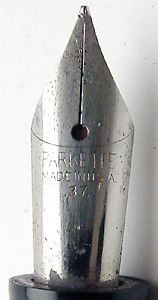 Image 52: 1937 Parkette Deluxe nib
Image 52: 1937 Parkette Deluxe nib
no two tone effect left.
I lack a 1937 catalog on hand, but the following 1937-dated
regular Parkette nib supports the notion that by 1936-7 Parker
was scrimping on the use of gold alloy at least for its base
$1.25 Parkettes. Note the worn yellow effect revealing white
metal.
 Image 53: 1937 reglar Parkette nib
Image 53: 1937 reglar Parkette nib
losing its gold tone.
On the other hand, this 1937-dated Parkette Deluxe Nib- a remarkably
flexible one at that- continues to show a two tone, split pattern. The
bottom white plating largely is worn showing gold.
Subsequent heavy polishing of the nib does not reveal white base
metal. Could Parker have continued using solid gold as late as 1937 on some of the Parkette Deluxe pens??
This would surprise, especially in view of documented pens with white
nibs with earlier date codes. Is it possible these nibs were double
plated- with a white base nib, gold tone plating then over the whole
nib, and a final white second plating on the proximal half of the
nib? Perhaps, but that seems a bit complicated.
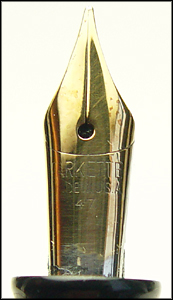 Image 54: A puzzling 1937 Parkette
Image 54: A puzzling 1937 Parkette
Deluxe nib which seems to show yellow (gold?)
beneath the largely worn proximal white plating. A double plated nib?
Or, a late solid gold production piece? Dunno.
Most
of the 1937-1938 nibs for Parkette, proper, appear to be white metal.
Whether
they once were gold-plated I cannot say. Here is a 1937-dated nib that
shows no sign of having had yellow tone. Did this start out
goldtone? Dunno.
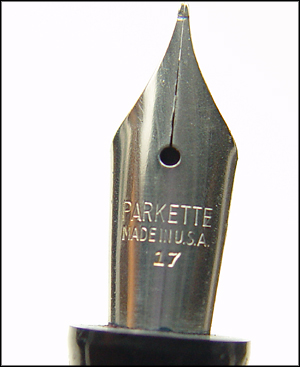
Image 55: Another regular Parkette nib
showign only white
metal. Was this one ever plated?
This extract from a 1938 Parker Catalog (image 56) describes the
Parkette family of nibs in distinctly different terms from the
Challenger's nib, and it shows a distinct difference
from both the 1934 catalog and April 1935 catalogs, which did cite gold
nibs for the Parkettes. This supports
Parker's move away from true gold nibs for Parkette and Parkette
Deluxe. Of course catalog text is of imperfect value. Indeed,
Parker cites for the Parkette a "gold" band. That's true if by
gold we mean thin gold plate.
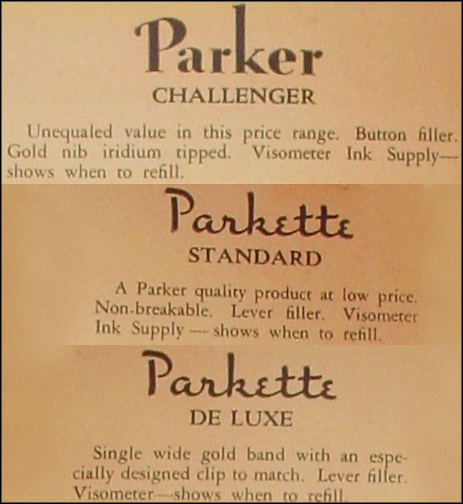 Image 56: A 1938 catalogue page. The
Challenger has a gold nib. Not
Image 56: A 1938 catalogue page. The
Challenger has a gold nib. Not
the Parkettes.
This
1939 Parkette nib shows white-metal.
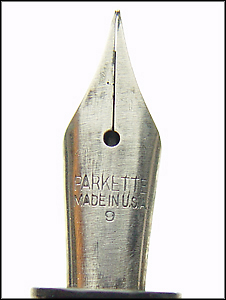
Image 57: A 1939 Parkette nib. Did it
ever have gold tone?
The following (image
58) 1938 catalog page- for 1939 models- describes the nib for the
Parkette Desk Pen
using a term i'd not heard before- the Rador Point. Rador has a nice
ring to it. Perhaps it means... steel.
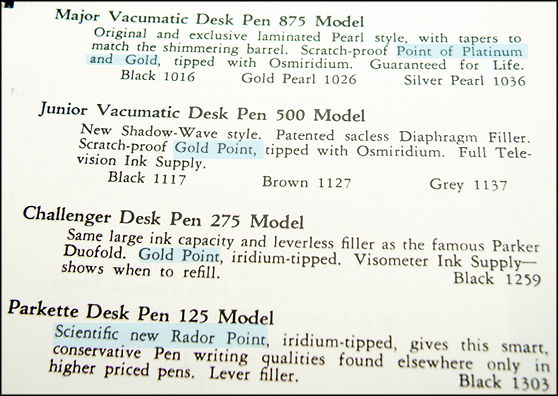 Image 58: A 1938 catalogue announcing 1939
desk pens. No gold point for Parkette
Image 58: A 1938 catalogue announcing 1939
desk pens. No gold point for Parkette
To summarize the evolution of the nib, please review the following
table. Most of this by now should make sense.
Parkette
Deluxe vs Parkette
|
|
Parkette Deluxe nibs are bi-colored
and have a partition separating the white from yellow portions. Rarely
(perhaps indicating very early nibs) the white plating is on the distal
nib
(far end) and the proximal area by the gripping section is gold.
Usually the proximal area is white, the distal area gold.
|
| 1932
perhaps to early 1934 |
|
Nibs are of 14k solid alloy and
are marked 14k |
1935
|
|
The April catalogue still describes
solid gold nibs. Nibs from at the latest mid 1934 (maybe earlier) no
longer are marked 14k, this perhapss being more in keeping
with Parker's general approach to its gold nibs.
|
1936
|
|
The catalogue no longer references solid
gold points for Parkette and Parkette Deluxe.
|
1937
|
|
Clearly,
nibs have been observed for both Parkette and Parkette Deluxe that are
of white base metal with gold tone plating.
|
1938
|
|
Desk Pen catalogue for 1939 product cites
the Rador nib, presumably a fancy name for a basic white metal nib.
|
| 1938-1940 |
|
Are Parkette (and Parkette Deluxe) nibs
now produced in white metal with no attempt at gold tone plating?
|
Parkette
and Parkette Deluxe Desk Pens???
The second of two Special Topics to
be considered for the 1932-1940 period will be that of desk pens from
the Parkette and Parkette Deluxe series.
Unlike
other 1930's Parker pens- Vacumatic, Duofold, Challenger Family, and so
called
Thrift Pens- the catalogued Parkette and Parkette Deluxe lacked the
Blind Cap. The
blind cap of course is the little cap at the butt of the pen which
covers filler units- either the button or the vac-plunger. It
makes sense that the Parkette family- using a side lever for filling-
would lack such a piece. The
threads that accept the blind cap on those pens with blind caps also
accept a long tapered end
piece called- oddly enough- a taper, to convert the pocket pen into a desk
pen.
Most
early-mid 1930's Parkers instrinsically are convertible pens, serving
as pocket
pens with cap and blindcap in place, and accepting black tapers to
become desk pens. Not Parkettes. One might suspect the
existence of dedicated
desk pens, but would not expect to convert regular pocket pens into
desk pens.
Indeed, early Parker literature supports this view. The first reference
to a Parkette desk set can be found in the December, 1933 Parkergram.
Examining image 59, one sees
an atractively packaged desk set. However, the desk pen is no different
from the pocket pen;
apparently one is meant to simply drop the plain pocket pen into the
receptacle- the trumpet- to turn his pocket pen into a desk unit. Not
very elegant.
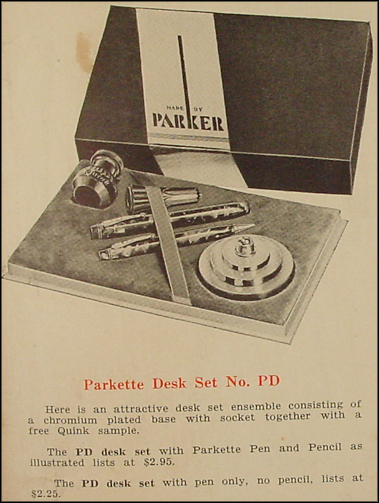 Image 59: A December, 1933 Parker
catalog showing Desk Set
Image 59: A December, 1933 Parker
catalog showing Desk Set
A taperless, crude arrangement.
In case any doubt exists that
Parker's early intent for providing a Parkette Desk Pen was somewhat
inelegant and involved no taper, the 1934 makes the point in more
explicit fashion. Whether Parkette or Parkette Deluxe, they buyer was
meant to purchase a desk base, plop in the the posted pen- cap on back
of the pen- and behold (!) create his Parkette Desk Set. How exciting
is that? Not very.
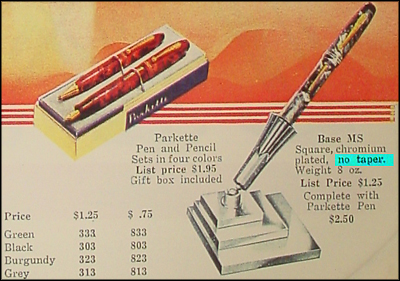
Image 60: A 1934 catalogue page for the
Parkette desk set
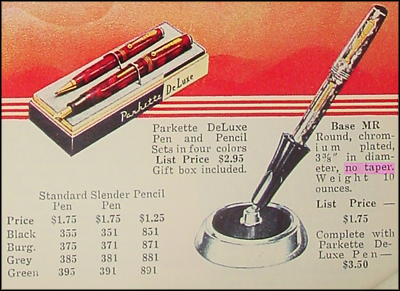
Image 61: A 1934 catalogue page for the
Parkette Deluxe desk set
However...
You knew there had to be a "however".
In discussion of the Type 2 Parkette, proper, an
image (image 23, waaay above) was shown of a Type 2 typical pocket pen
(in green) juxteposed
with a Gray pen claimed to be a Convertible. Back in the section
on Type 2 Parkettes, the term "Convertible" was not explored. Take a
peek again. The gray pen indeed does not have symmetric black steps at
top and bottom, but seems to have a larger swath of black at the blind
end (bottom). This is not just unusual color distribution The gray pen
is a convertible. The bottom black area in fact is a blind cap.
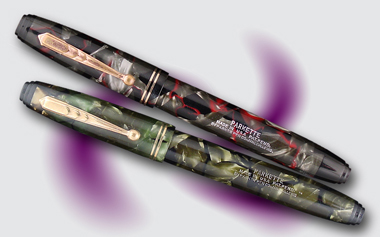
Image 62: A 1934 Parkette (Type 2) both in
typical
pocket pen (green) and convertible (gray) forms.
The
blind cap on the Type 2 Convertible pen can be unscrewed and removed,
revealing threading that looks disturbingly similar-again- to the sort
that houses the button unit of Parker's Duofold, Challenger, etc. But
of course no button is present, as all Parkettes are lever-fill pens.
However, the threads very happily accept the taper- a desk pen tail
unit- similar to that used to convert Duofolds and Challengers
from typical
pocket pens into desk pens. The Convertible Type 2 pen can become a
desk pen.
Missing from the
picture (image 63) is the taper (tail) that would turn the pen into a
proper desk
pen, but the open pen conveys the idea reasonably well. A taper
used for the Vacumatic Standard, Challenger Standard or Duofold Junior
will fit the
convertible Type II Parkette, though the Parkette appears to take the
less fancy Challenger style taper (no metal ring at threaded end of
taper)
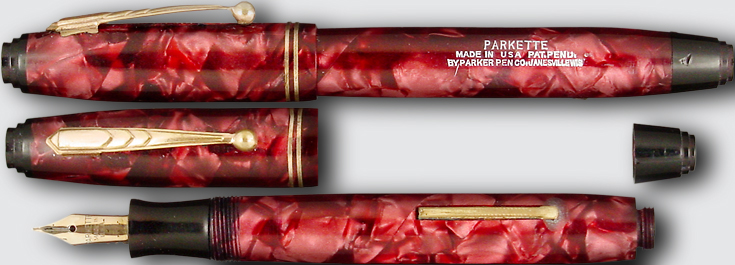
Image 63: A 1934 Type 2 Parkette convertible.
The following pen set (image 64)
is sweet. a fluted
Parkette Deluxe desk set in which the insert on the white metal desk
base matches the green pearl of the pen itself. This pen- dated
1934-has threads and can accept a cap. The taper can be removed
from athreaded end at the bottom of the barrel. It also addresses the
nature of the taper.
This one does not have a metal ring where taper meets barrel as would
the Vacumatic and Duofold tapers. It has a black ridge, instead. Late
catalog images support this sort of taper for the Parkette. The pen
cannot- to best of my knowledge- function as a true Convertible,
though, as no bottom piece (unlike for the Type 2 Parkette Convertible)
exists to allow the pen to become a complete pocket pen.
Just as it was surprising to find convertible Type 2 Parkette pens-
given the catalogue images, so to is a bit suprising to find a Type 1
Parkette Deluxe desk pen with taper dated that year.
But, here it is. Parker apparently did not wish things to be too easy
for today's collectors. The taper does remove, leaving the
possiblity that the pen could convert to pocket pen. But, i've never
seen a blind cap that would match the rest of the pen and allow for
such a converstion. This appears to be a dedicated desk pen.
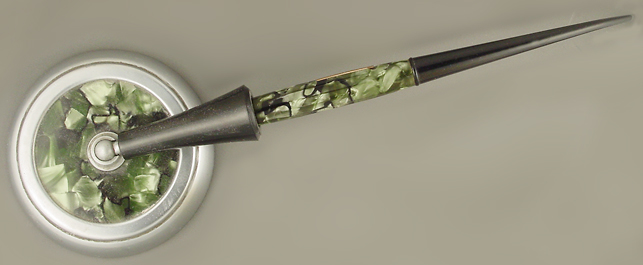
Image 64: A 1934 fluted Parkette Deluxe desk
set in green celluloid. Matching base.
A 1936 catalogue reference (see image
65) can be found for a Type 3
Parkette (1935-1937) Desk Pen, presumably one of the
sort-of-dedicated sort, with threads to take tapers, threads to
(theoretically) still accept a main cap, but with no
currently known bottom piece to
allow conversion to a pocket pen. The 1936 catalog shows a desk pen at
the Parkette price point.
Possibly/probably a Parkette. In fact, i own one such pen in green
celluloid, with barrel marked Parkette.
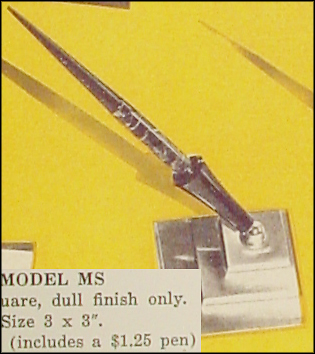 Image 65: A 1936 catalog reference suggesting
a
Image 65: A 1936 catalog reference suggesting
a
Type 3 Parkette desk pen. I own one.
The 1938 Parker catalog does illustrate (image 66) what likely is a
Type 3
Parkette desk pen, likely again with removable/replaceable taper,
though again not
readily
convertible to a pocket pen, due to apparent lack of matching blind
caps.. Interestingly, it cites black to be the
only color available.
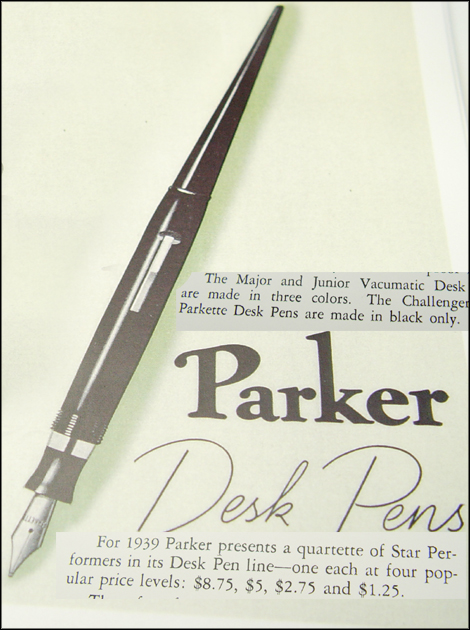 Image 66: A 1938 catalogue page announcing
the 1939 Parkette
Image 66: A 1938 catalogue page announcing
the 1939 Parkette
Desk Pen- supposedly only in black.
The
desk pens for the Parkette and Parkette Deluxe thus present us with
real, but incomplete manufacturer's data. It is known that originally
Parker presented them as taperless items, created simply by dropping a
Parkette barrel into a desk trumpet. It is known that by 1934 a
truly convertible Type 2 regular Parkette was produced- if not
catalogued- and that it can be identified by the black blind cap at
bottom of the pen. It is known that some Parkette Deluxe desk
pens with threaded blind ends with tapers were produced as early as
1934. It is known that desk pens (seemingly not convertible to pocket
pens due to lack of blind caps) were produced for Parkette Type 3 pens,
too. It is known
that a black Parkette desk pen was advertised in the 1938 catalog as a
1939 pen.
To summarize...
When first introduced,
both Parkette and Parkette Deluxe in inelegant fashion
could become desk pens if placed into standard Parker desk
bases. The
pens- unlike all other Parker lines- could not accept tapers because-
as lever fillers- they lacked removable blind caps.
|
|
As early as 1934, variants of
the regular Parkette type 2
(steppeed ends ends) appeared with an extra large swath of black at the
bottom, which in fact repersented a blind cap which could be removed to
allow attachment of the desk taper. These pens were true Convertables,
serving
either as Desk Pen or Pocket Pen. Parkette Deluxe dedicated desk pens
appeared, which appear not to be able to cleanly convert back to pocket
pens, due to lack of production of an appropriate blind cap.
|
|
Poorly characterized are
circa 1935-1938 dedicated desk pens. Like all
non lever filling pens from this era, they had tapers which could be
removed from threaded ends of barrels, but the pens apparently could
not serve as pocket pens. No bottom piece (blind cap) has
been noted
which would serve to allow such pens to serve as pocket pens. We have
minimal catalog data for these, but it seems likely that most colors
from that era were produced. I own one Type 3 (absenting cap and blind
cap, one cannot say 3A, 3B or 3C) desk pen in Green. it is conceivable
that Type 3 Pens could serve as convertibles, but none has yet been
seen with a removable blind end such as was shown, above, for the
Type 2 pen.
|
|
| In 1938, catalogs do show a
decent image Parkette desk pen, produced supposedly
only in black. |
|
| I am unaware of Parkette Zephyr
or 1950's Parkette desk pens. |
Parkette and Deluxe Parkette ceased production probably in 1940, paving
the way for a slightly more expensive new line, the Parkette Zephyr.
The
Parkette Zephyr- 1941. A new Parkette.
Introduced at a slightly higher price than the now
defunct Parkette Deluxe, Parkette Zephyr replaced both the
Parkette and the Parkette Deluxe at the bottom of Parker's
line of celluloid pens. The Zephyr was a more
slender pen than the previous pens. Its plastic was different, too. The blade
style clip shared style with what had appeared on the Challenger,
Deluxe Challenger and "geometric" Duofolds produced during the prior
couple years, and the single capband was reminiscent of
Challenger. Today, most seen are very worn, and one cannot
help wondering if
despite the shared style shape, the trim finish on the Parkette Zephyr
is far
more fragile than what is place on the other cited pens. The
Zephyr is the final iteration of the celluloid Parkette.
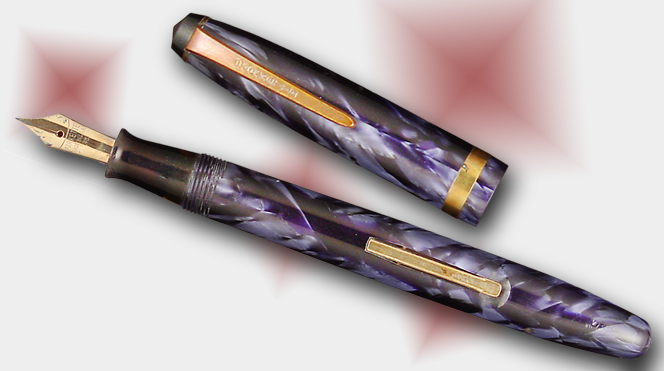
Image 67: Parkette Zephyr. One Size, Four
catalogued colors. Return of the solid 14k nib
The nib on this pen perhaps is an earlier Parkette Deluxe nib
Parker restored the solid gold (14k) nib to the
Zephyr, which was cataloged in the 1941 Parker Catalog. Note the single
size, four available colors and an increased price relative to
the now
defunct Parkette and Parkette Deluxe. Jewels
of Pendom was a popular Parker theme during 1940-1941. Whether
or not the Parkette Zephyr
warrants the label will be left to the reader.
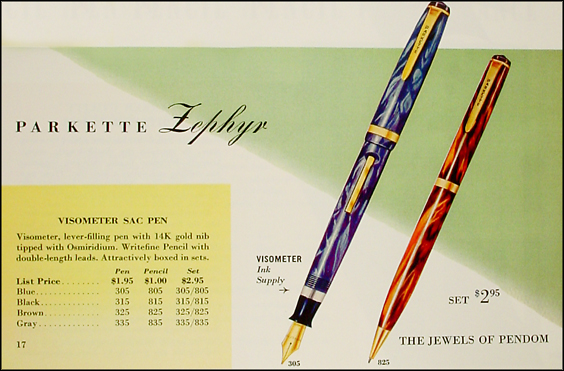
Image 68: Parkette Zephyr in the 1941 Parker
catalogue. Note the return of
reference to a 14k nib. The nib is lacks the partition and bi-color
effect seen
on the earlier Parkette Deluxe

Image 69: Zephyr's barrel imprint
The Zephyr was produced in one size and in at least four colors. Note
the lost cap-lip on the black pen. A clear hierarchy of value does not
exist for these colors, though i favor a descending order of Blue,
Brown, Gray and Black.
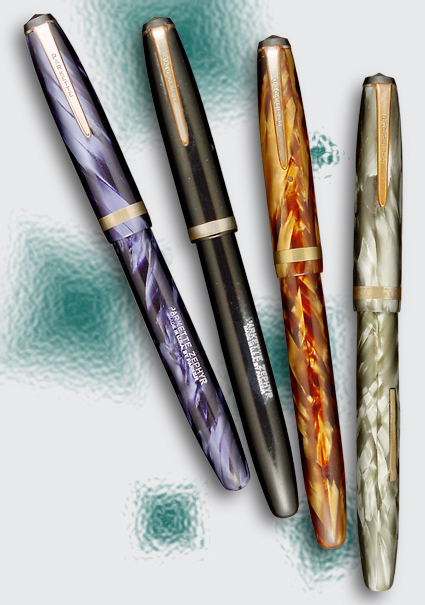
Image 70: Parkette Zephyr in all four colors
Earlier, nibs for the Parkette and for the Parkette Deluxe were
reviewed, revealing that during the 1932-1940 run the nibs were changed
from solid 14k gold to goldtone plated white metal, and maybe
eventually to just white metal. With the increased price of the
Parkette Zephyr, gold
nibs were reintroduced. The catalog page (image 68) mentions
it. I have neither seen nor heard of
Parkette Zephyr desk pens.
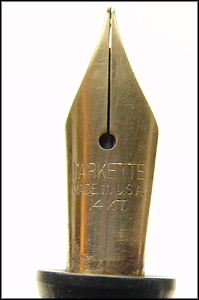 Image 71: Parkette Zephyr nib.
Image 71: Parkette Zephyr nib.
14 Karat alloy and marked
as such.
As Parker entered the 1940's, as the American economy exited the Great
Depression, and as wartime pressures imposed themselves upon pen
makers, Parker moved away from its low-line pen and by at the latest
1944 appeared to no longer manufacture any pens below the $3.95
price point, possibly none for less than $5. Parkettes, Challengers,
Deluxe Challengers, button-fill Striped Duofolds, even the relatively
pricey Royal Challenger all ceased production.
The 1950's
Parkette
Whether we name it the metal-capped Parkette, the injection-molded
Parkette or just the 1950's
Parkette, Parker introduced one last model of the Parkette around
1950. Pen
companies
had a habit to recycle old names during later eras. Waterman, around
1953
recycled the Lady Patricia name for a metal capped, injection molded,
and
solid-color-barrel pen that bore little resemblence to the lovely
1930-1940
celluloid Lady Patricia. Sheaffer recycled old names. So too did
Parker around 1950 resurrect the
Parkette
name for a... you guessed it... metal capped, injection-molded and
solid-colored
barrel pen. At least for the continuity of the name, the pen had a
lever filling system in common with its older brethren.
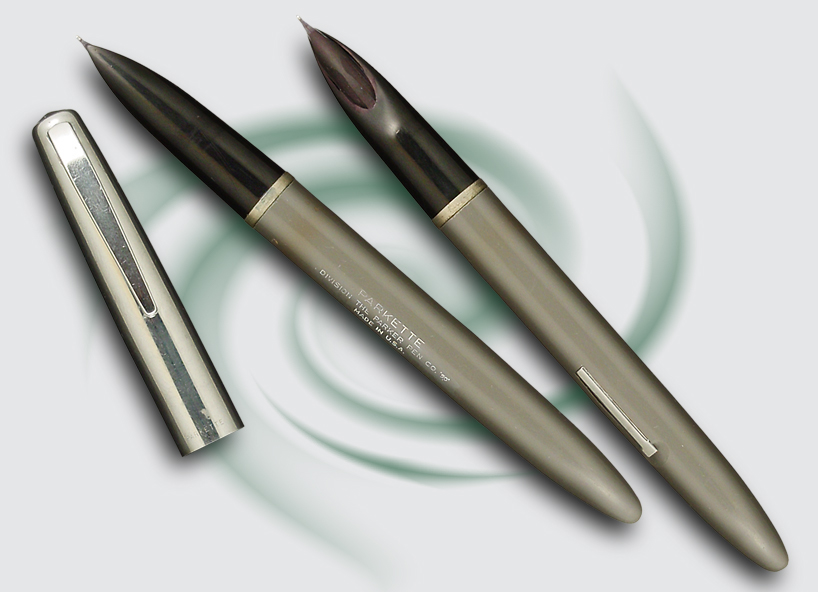
Image 72: Parkette from 1950's. The poor
brother to other Parkers with hooded nibs.
Here, view the
manufacturer's imprint as it appeared at this late date. The "52"
represents the year of production- 1952.

Image 73: Imprint on 1950s Parkette
And, another Parkette
imprint. Apparently a doubled-die effect has mutated "Co." for
"Company" and the date code. Rare error pen no doubt not worth zeelions
of dollars.

Image 74: Mutated imprint
Shown here are three of the
perhaps four colors of the 1950's metal-capped Parkette. It
is my belief that a burgundy pen was produced, too, though I lack
evidence for this. With image 75, we complete our examination of the
four pens to carry the name Parkette: Parco/Parkette (1932-1940),
Parkette Deluxe (1934-1940), Parkette Zephyr (1941), 1950's Parkette (
1950-1953?).
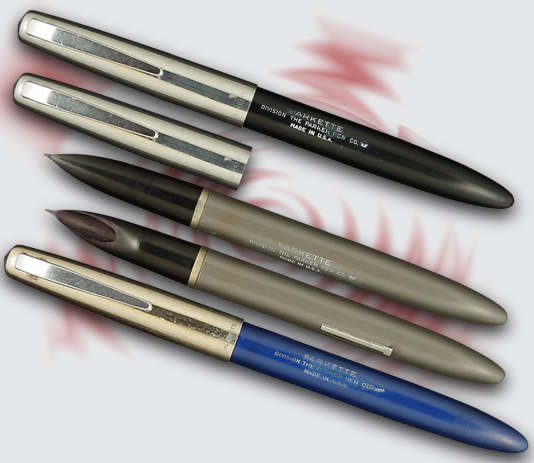
Image 75: An array of 1950's Parkette pens
Return to the 1930's
Parkette and Parkette Deluxe. Some Canadian exotica:
In
my recent purchase of a large Parkette collection, were a couple
interesting Type 3 Parkettes, both of Canadian origin. Those of you who
follow
1930's
Parker know that when a pen is from Canada, anything can
happen
;-) Here is a Parkette set in a color not
seen
in USA catalogs and never seen by me on a Parker manufactured in the
USA,
Green-Blue Pearl.
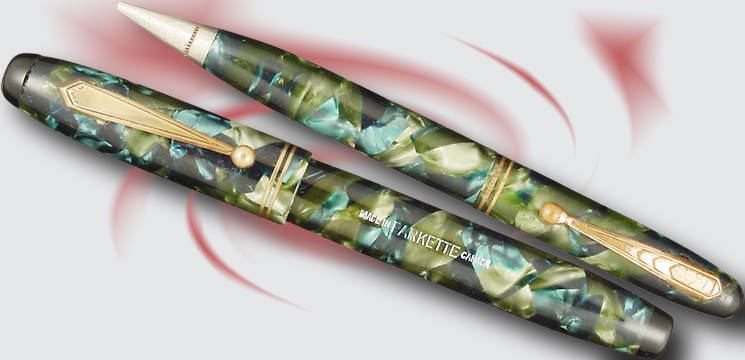
Image 76: Parkette set from Canada in Blue-Green
Pearl
Too, the green-blue mixture is not
commonly seen on better pens by any major manufacturer. But, at one of
many photography sessions at pen shows throughout the country, another
pen was found with the same plastic. Manufactured by Wahl- one of their
Oxford line- it is a second to third tier pen even by that high quality
pen company. That pen
probably was positioned for a similar or slightly higher price point
market than the Parkette. Still, placed side by side with this
uncommon Parkette,
it makes for nice vintage pen eyecandy.
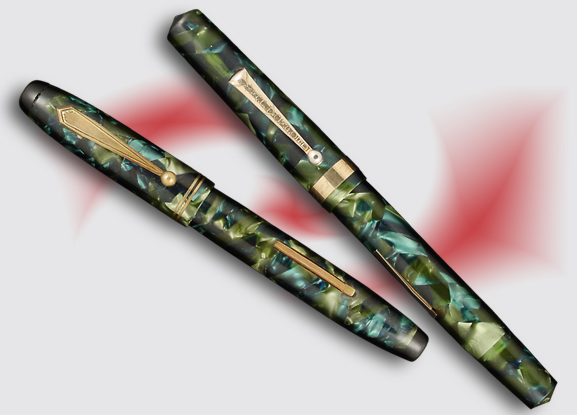
Image 77: A Wahl Oxford (USA production)
matches the color of this Canadian Parkette
Then we have Copper Pearl.
I've seen a few Canadian production Parkette and Parkette Deluxe pens
produced in thiss lovely copper-pearl color. On seeing the first, I
wondered if it might be a discolored red pen, and whilst the
following does not
rule out that possibility, it is noted that the color is very even on
the pens and that it appears on pens of different style. Whether
this was an intended color, a batch variant which did look different at
time of manufacture, or some batches of red plastic that color shifted
over time, i cannot say. I suspect that the color is different from the
Burgundy Pearl and carries extra cachet because of that. However,
because the pen is Canadian, the anomalous color does not have quite
the same impact it would would were it an off-catalog USA production
item.
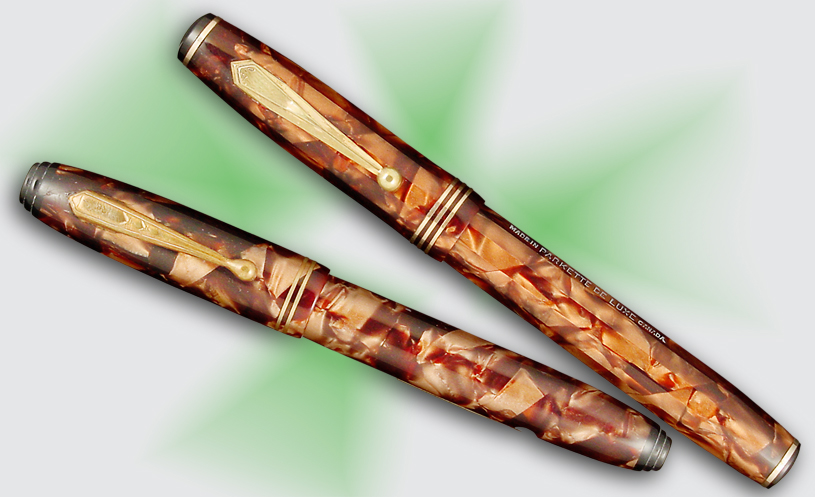
Image 78: Parkette Type 2 and Parkette Deluxe
Type 1C, both of Canadian manufacture, in an unusual copper pearl
color.
Another
Canadian Parkette (image 79) appears in a most unusual green/brown mix.
Resembling
a bit the Green-Bronze color best known in the vaunted Waterman
Patrician, in fact the brown panels lack the metallic appearance found
in Waterman's pens. This is the only Parkette i've found in this color,
though i have seen one Safford Fifth Avenue (a Parker product) in
similar celluloid.
Note too the
interesting black endpieces. Neither stepped like a Type II
Parkette nor rounded like the Type 3B or Type 3C, the ends- these are
smooth and truncated- look disturbingly like the April 1935 Catalog
images of the Parkette- my hypothesized Type 3A form. As i noted
much earlier in this treatise, catalogues suggest a pen like this-
probably the earliest of the Type 3 pens, but i have yet to see an
actual pen of USA manufacture. Either my experience is too
limited in this arena, or these pens either were not produced in the
USA or were produced but briefly before the switch to more rounded
endpieces. Still, finding even a Canadian pen to match that catalogue
page supports the notion that Parker might have produced some such pens
in the USA, too. Time will tell. Certainly, the clip is consistent with
Type 3 production. This pen is dateless, but then it is Canadian.
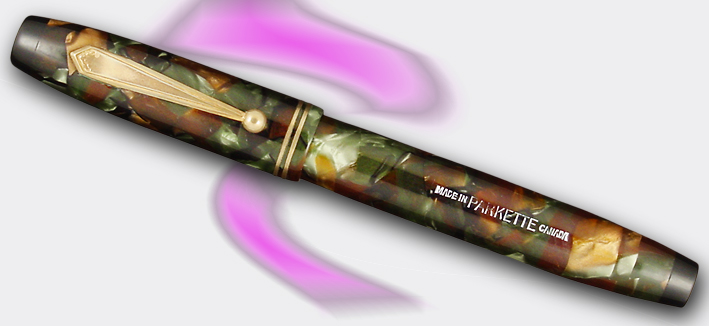
Image 79: A Canadian Parkette looking like
the currently mythical USA-catalogued Type 3A
Some Parkette Deluxe Type II Low Run/
Lunchtime Special/ Prototypes. More Exotica and Anomalies:
At
the Chicago Pen Show in May 2006 i overheard two collectors discussing
the
Parkette.
I ambled over and mentioned that i'd just purchased a collection of
60-odd
Parkettes. One of the other collectors promptly responded, "Well
Good!
Then perhaps you'd be interested in buying a dozen or so low
run/prototype
Parkettes". He pulled out the pens and made me an offer i could not
refuse.
So... i did not refuse. Indeed, i bought the pens on the spot.
Most
of the odd-duck pens were Parkette Deluxe, in the final (type 2: Round,
Arrow-Clip, Stacked-Coin Capband) form. All were fully imprinted and
packed
"28" date code for 2nd quarter, 1938 manufacture. Most lacked nibs. No
matter.
The
large cohort of 1938 Parkette Deluxe pens all are in non-catalogue
colors and reportedly were found in Janesville, WI, Parker's
home. Uncatalogued colors and typical colors but
in
in atypical patterns (swirled vs patchy) rule this lot. Before
examining these
special colors, peek
again at the standard color spread for the Type 2 Parkette Deluxe

Image 80: Parker's common and catalogued
colors
for Type 2 Parkette Deluxe (1938-1940)
Now we will
consider 5 Deluxe Parkette Type II pens done in most unusual
plastics. All the pens in this lot are fully imprinted, and all lacked
nibs, feeds and sections when purchased. From top to bottom we
see: Copper Helical Swirl, Red/Black Helical Swirl, Green
Longitudinal Swirl, Fuschia Helical Swirl, and Copper Longitudinal
Swirl. I've never seen these colors aside from this cluster of
pens. Prototypes? Experimental pieces? Low-run rodstock for
niche market? Who knows? What is known is that they are charming and-
to my knowledge- unique, one of kind, only ones out there, etc.
Even if a few more of each crop up, these i really like.
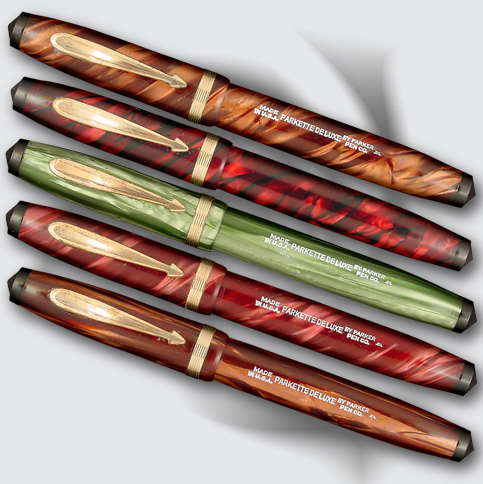
Image 81: An array of lovely and uncatalogued
Parkette Deluxe Type 2
pens.
Some Parkette Type 3 low-run/lunchtime
special/prototype pens. More USA-made anomalies.
Also included in this lot were three fully imprinted
regular
Parkettes, generally of Type 3 appearance. Whilst one will be saved for
the very
end of this monograph, here are two for the readers consideration.
First, consider this golden pearl longitudinally
swirled
Parkette Type 3C, with appropriate date code (2nd quarter 1938)
 Image 82: An off-catalogue Type 3 Parkette in
golden swirl pattern.
Image 82: An off-catalogue Type 3 Parkette in
golden swirl pattern.
The second ineresting Parkette from this second lot
is shown below.
Second, peruse this most unusual
Type 3B Parkette, one which largely is
a typical Burgundy Pearl specimen, but what happened to the opaque
black endpieces??
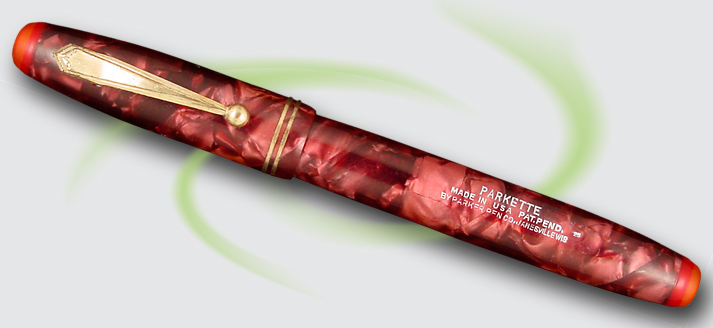 Image 83: A 1935 Burgundy Parkette Type 3B
with hot pink ends (not crazed)
Image 83: A 1935 Burgundy Parkette Type 3B
with hot pink ends (not crazed)
From the What the Heck
is This? pile:
Besides
the three regular Parkette pens (one yet to be seen) and five Parkette
Deluxe pens in
unusual colors- and a few Parker-manufactured Safford pens, the pens
shown below rounded out the Chicago purchase last year. Frankly, this
writer does not know what to make of these pens. The clip and shape
evoke the Parkette. The barrels are not imprinted. No nibs are present.
Thee pens have a crude feel.
These are reported to have come from the same spirce who owned all
the other pens. Prototypes? Fun time on the lathe?
Chazzerei done decades later at home and having nothing in truth to do
with Parker? Your guess.
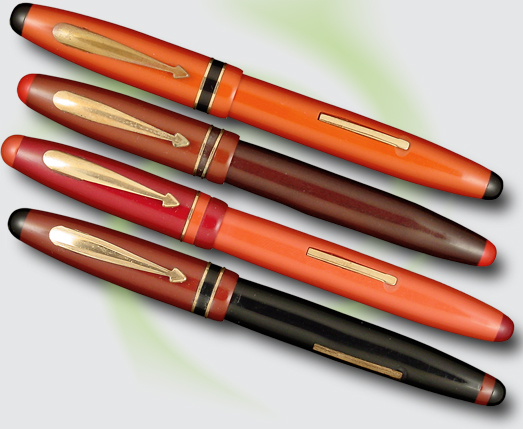
Image 84: I don't know what these things
are.
COLLECTING
and VALUING PARKETTES:
OK.
So lots of pens were produced during during the 10 years or so which
encompassed the run of the Parkette, the Parkette Deluxe and the
Parkette Zephyr. The 1950's metal-capped Parkettes add a few more to
the
mix. Substantial evolution and a nice color palette offer the
collector many pens.
But, how does the newly interested collector go about collecting
these?
No absolutes exist about approaching what sort of
collection to assemble.
At one extreme, the collector can grab any one Parkette and consider
the global Parkette family represented in his collection,
or own even no pen whilst simply enjoying learning about
them.
Since collecting- in collector speak- reference learning as much as
accumulating,
perhaps it is just fine to have a collection comprising zero pens but
to
possess knowledge about those pens???!!! Nah... I
didn't think so.
At
the other extreme, one of course can be a completist, hunting all
catalogued
and perhaps even uncatalogued colors of all style variants for
all
four Parkette genera, various species and a plethora of
subspecies. Whilst a formal tally has not been run, it is
believed
this would run easily 100 pens and pencils, not counting uncatalogued
colors.
A balanced approach would be to collect one example
of each major Type within the four families, with the reminder that
Type specifies largely the contour of the pen. Skipping subtypes
based on more subtle trim differences (eg. clip type, will limit the
scope of the collection. This results in
a collection of 8 pens, again ignoring color, size (for the Parkette
Deluxe), and trim variation. From there, the collector can but
expand his collection, eventually hitting that ~100 item goal.
Valuation
of Parkettes poses challenges too. Some of the least of the pens are,
as
we've noted before, rather humble in terms both of quality and of
collector
cachet. In practice
a worn and unrestored (but intact) Parkette probably starts in value
around
$10-15 per pen. Whilst a professional restoration usually costs around
$25-30 (these
are easy pens on which to practice restoration if the reader wishes to
try his hand), it is NOT clear that a restored and intact but well worn
Parkette
is worth $35-45 pen. In fact it probably does not achieve that
value.
Thus, at the low end, pens might have relatively more
dollar
value as parts items (nib, clip, lever donor) than as restorable items.
Who wants a worn pen shaped like a banana?!

Image 85: The rare banana Parkette. White
metal nib. Parts pen. Nearly worthless.
At
the higher end, a clean
(emphasis on clean) restored Parkette Deluxe
can
skirt the $100 range. No doubt some will object that no Parkette should
be worth the price of a basic, clean high end Parker Vacumatic, but the
pen
market
is a strange place. Clean fluted Parkette Deluxe pens are not so easy
to
find, are attractive items, and can be nice writers. They are
well
more difficult to find than basic Parker Vacs, because so many
Parkettes
are so worn and because they have trim that does not well tolerate
wear. This near-mint-in-box Parkette Deluxe Type II Slender set from
Alan
Hirsh's collection shows how nice these can be. This set is solidly
$100+ in value. Heck, the box alone is charming and probably worth $30
to the motivated collector of Parker ephemera.
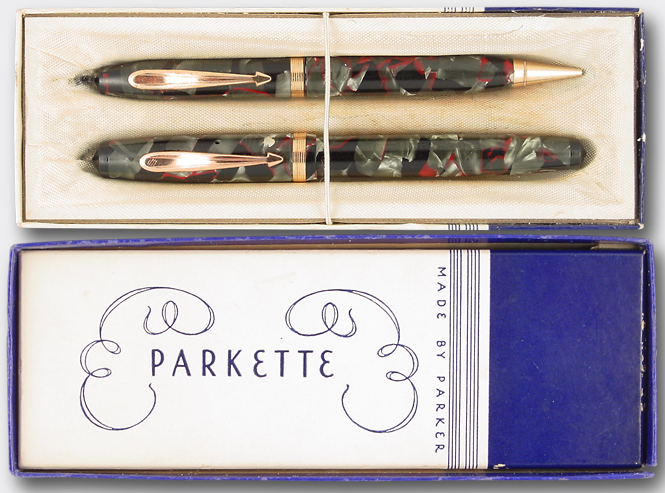
Image 86: A glorious Parkette Deluxe (Type 2)
set
Thus,
a price range of $10 to $100 seems to span pretty much all the
worn,
unrestored humble Parkettes, to the very clean Deluxe Parkettes.
Obviously, mint condition pens (especially with price stickers and
box), non-catalog colors, low run exotica and the like can rest
well
away
from the main sequence and have added value. Value on the exotica can
be hard to pin down, but from a strictly personal perspective, i can
say that $100 would not touch any of those five off-catalog Parkette
Deluxe Type 2 pens shown earlier.
In
terms of desirability and cachet, the fluted (Type 1) Parkette
Deluxes probably are
top
of the heap. To me, the stepped-end Type 2 Parkettes
(reminiscent of
some
Monroe and Eclipse pens) have particular charm. I would place them and
the late round Parkette Deluxes next in the heirarchy, followed closely
by the Parco and early Parkette. The Round-end Parkettes and the Zephyr
follow, with those darned ugly 1950's metal-capped Parkettes dead
last. Of course, this is one man's opinion and
other might disagree.
Where
do we go from here?
The heart of this survey is
observation, the collating of data gleaned from the examination
of many
pens and a handful of primary sources.
Interpreting such cave paintings poses risks no doubt.
Because
the various Parkettes are products of the massive Parker Pen
Company some company literature exists, so observation is
supplemented by company info, but even that has its limitations.
No
doubt the discovery of data from Parker itself, advertising
materials, and of course more pens will yield more information about
Parkette. I concede doubts that folks will tackle anytime soon a more
comprehensive assault on the Parkette Family, but I am deeply aware
that gaps persist in the data base and hypotheses presented here.
Feedback about this treatise is invited, as is the presentation
of clarifying information.
A
going-away gift:
Dear
reader. You have traveled long and hard on the road to knowledge
of the Parkette Family. You have learned about colors, about
evolution of trim, contour and nib, and about poorly documented desk
models. You have
gazed at Canadian pens in funky colors and at low-run off-catalogue
pens from the States. In wrapping up the paper, I wish to offer a
peek at my most interesting and charming Parkette.
Having some features of the not-really-seen
USA-catalogued Type 3A pen from the April 1935 catalogue- the truncated
smooth black endpieces. Yet it sports a late 1934 date code and
the usual-to-1934 Type 2 clip and barrel imprint. It lacks cap
bands, perhaps (or perhaps not) never having had any.
Best of all, is its color. A helically wrapped
golden-brick pattern that channels (but does not quite match) the
famous Golden Web plastic that would appear in the Parker Vacumatic
more than a year later.
A trial piece? A tranitional (yes, we hate that word) sort of
Type 2-and-a-half? One can but wonder. I can tell you this one
will remain in my collection a good looOOOOoooong time.
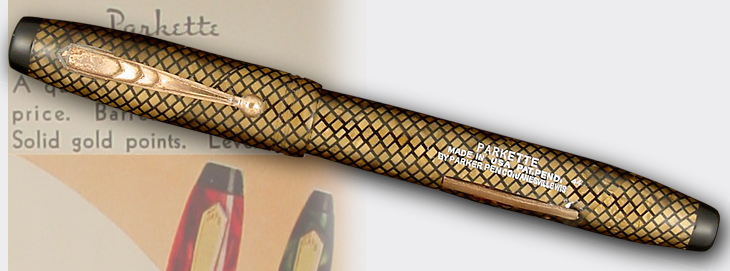
Image 87: Parkette (pre-Type 3A) in plastic
reminiscent of the Parker Vacumatic golden web. One of a kind?
Bandless or lost bands?
Enjoy!
David R. Isaacson, MD
January 15, 2006
Appendix:
Acknowledgements and Sources:
<>This author appreciates having had the
opportunity to acquired these pens and wishes to recognize Gary
Cola and Daniel Zazove as the sources of two significant collections
which provided most of the pens shown here. At least one pen
imaged is from the personal collection of Daniel Kirchheimer.
Bill Reipl (assuming he survives the process) is thanked for having
formatted this rather long (~ 30+ pages in print, by guesstimate) tome
for the Stylophilesonline website.
Source material is as follows
- Parker Proxy magazine- several issues dating 1932-1933
- Parkergrams with Catalogue- December 1933
- Parkergrams with Catalogue- February 1934
- Parker Catalogue (Possibly mid 1934)
- Parkergrams with Catalogue- April 1935
- Parkergrams with Catalogue- Sept 1936
- Parker Catalogue 1938
- Parker Catalogue 1939
- Parker Catalogue 1940
- Parker Catalogue 1941
- Probably more...





















































































